
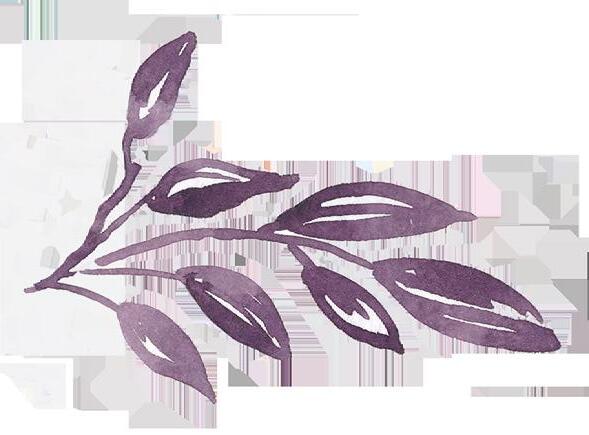

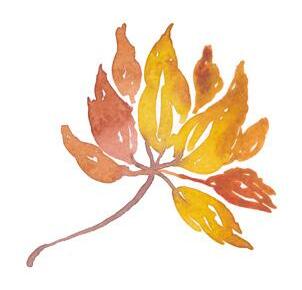


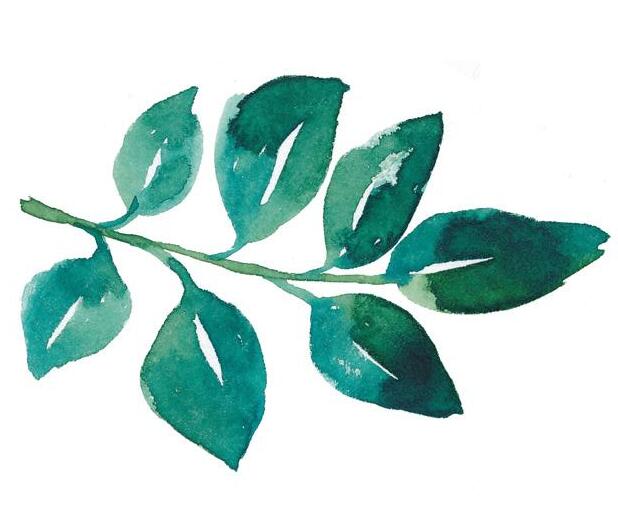



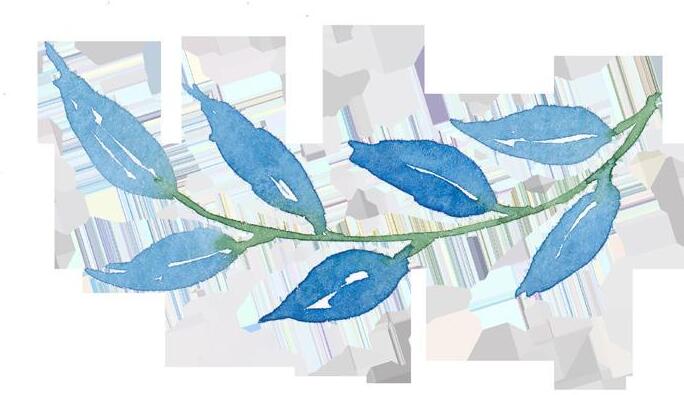




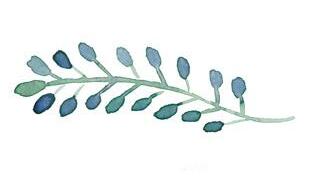
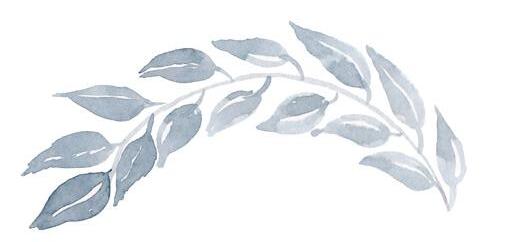





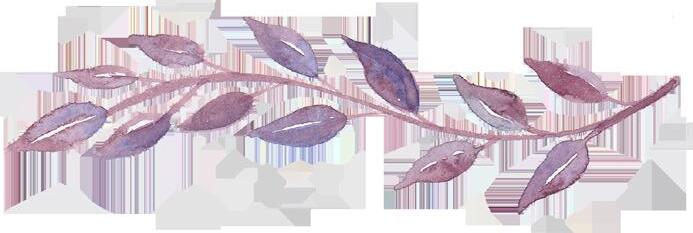
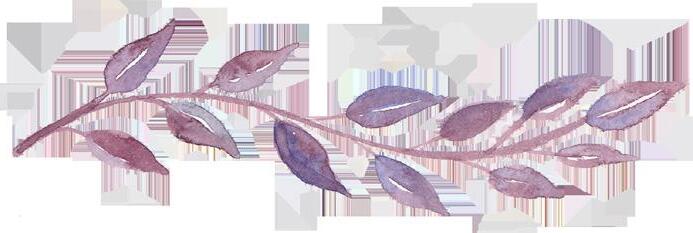
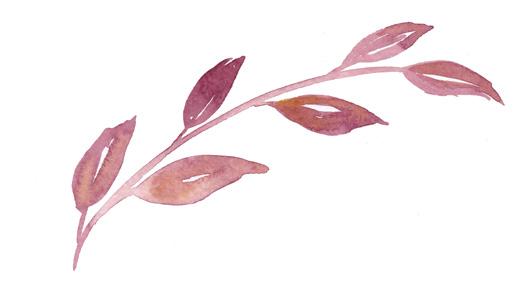


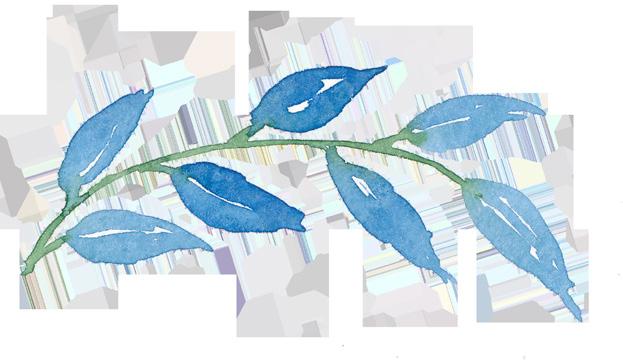
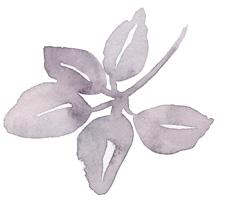


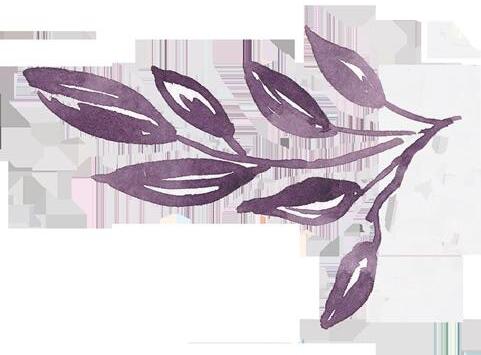
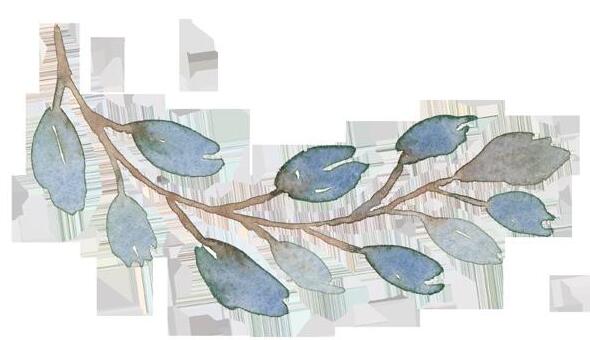

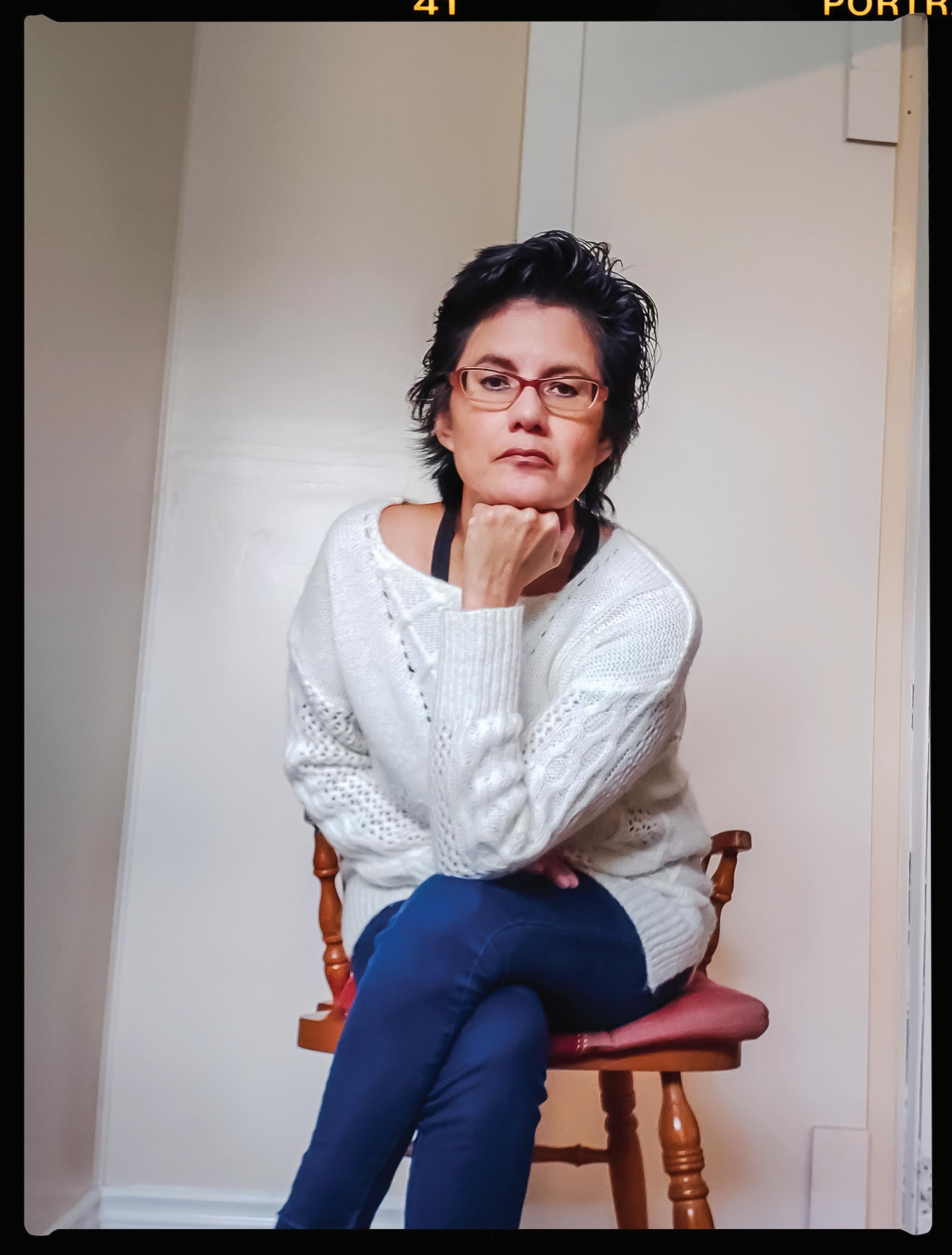
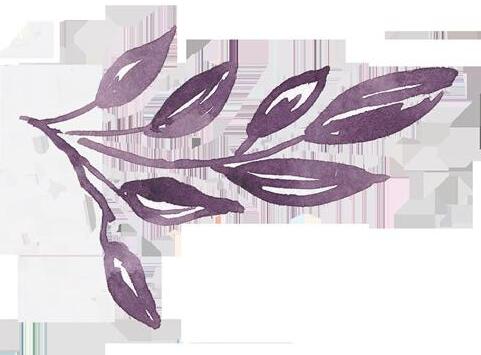
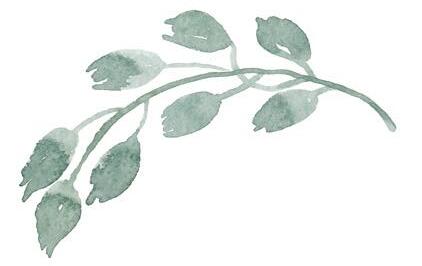

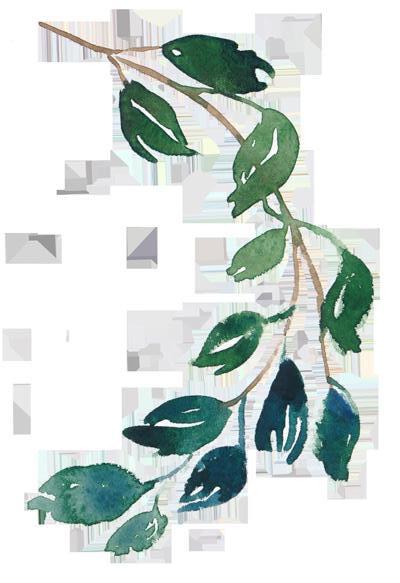
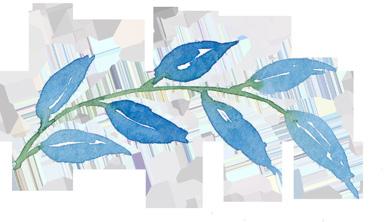


N ATIV E W OMEN’ S ASS O C I ATIO N O F CANA D A M A GAZIN E [kee/chi - nee/wesk] noun FEMAL E SID E O F LIF E O F AL L THIN G S ISSUE 18 may 2023
Living with Disabilities
Colonization has had detrimental impacts on Indigenous Women, Girls, Two-Spirit, Transgender, and Gender-Diverse+ Peoples living with disabilities, which has negatively affected how they are viewed, supported, and access services today.
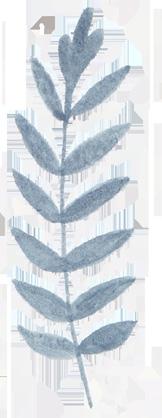
MIIGWETCH
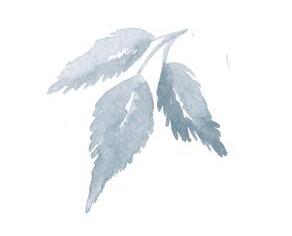
Message from the CEO / directrice générale, LYNNE GROULX
LESSER-THAN LABELLING


not helpful
CAREGIVERS OF AUTISM
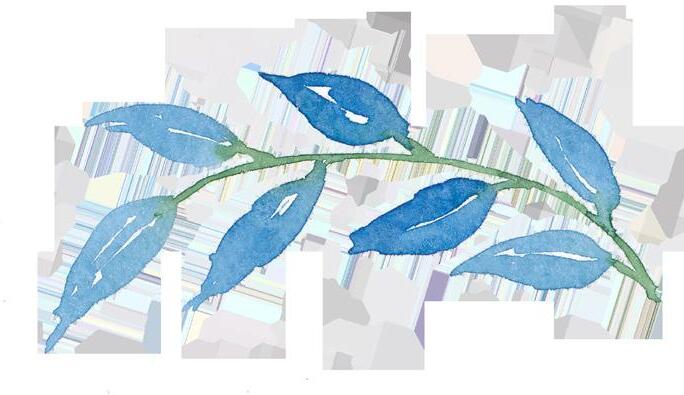
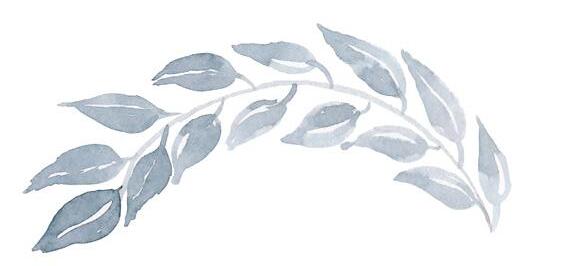
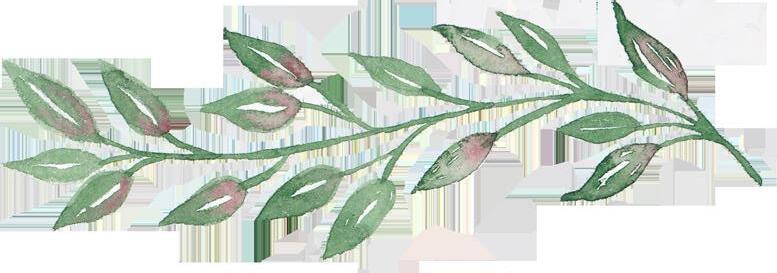

A three-part series
SEEING THE WHOLE PERSON
on the other side
OPINION
Disability as a colonial construct
INDIGENOUS PEOPLES WITH DISABILITIES
BCANDS
The push to have all governments recognize November as Indigenous Disability Awareness Month
UNITED NATIONS CONVENTION
the Rights of Persons with Disabilities
Pictured: Annette Cada
Full story: Indigenous Peoples living with disabilities
Page 20
COVER PHOTO
2 KCI-NIWESQ
Contents 05 10 18 30 06 16 20 26
Indigenous Peoples living with disabilities, special edition.
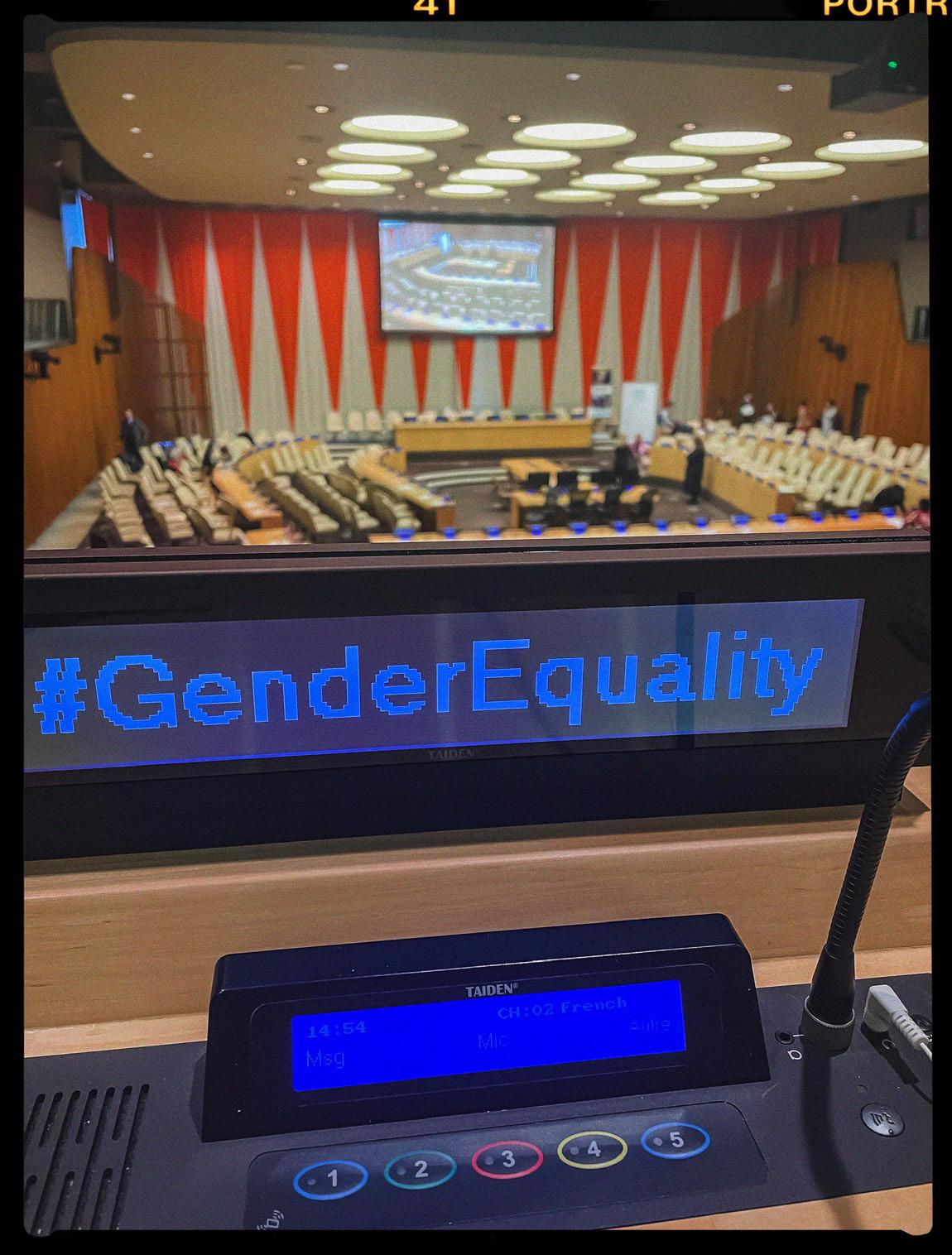


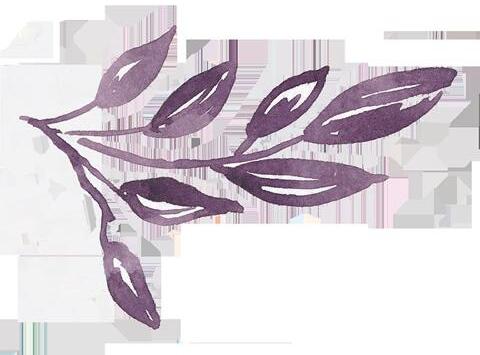
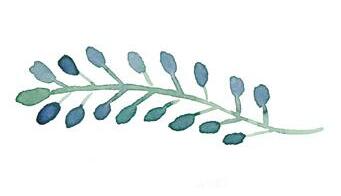
ISSUE 18







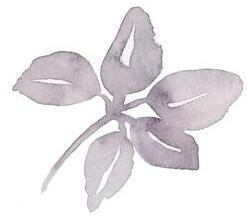
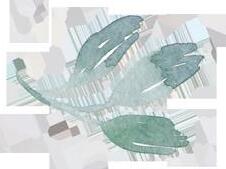





 Photo: Lisa Smith attends the 67th Commission of the Status of Women in New York
Photo: Lisa Smith attends the 67th Commission of the Status of Women in New York
Native Women’s Association of Canada 3
Full story: Page 6
Traditionally, Indigenous cultures held differences and disabilities in high regard, which were celebrated as gifts from the Creator. Colonial structures have since coined them as disabilities, which has caused oppression and devaluation.
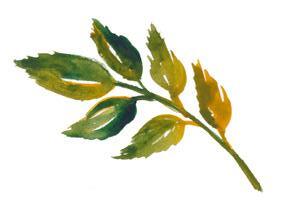

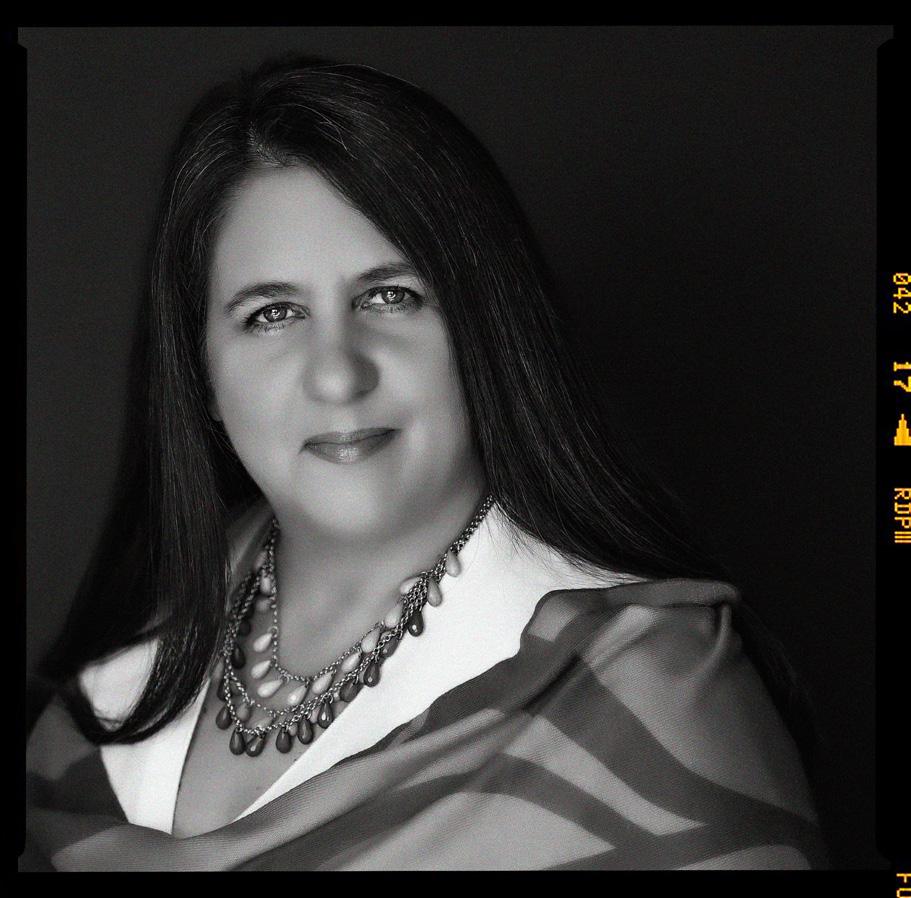

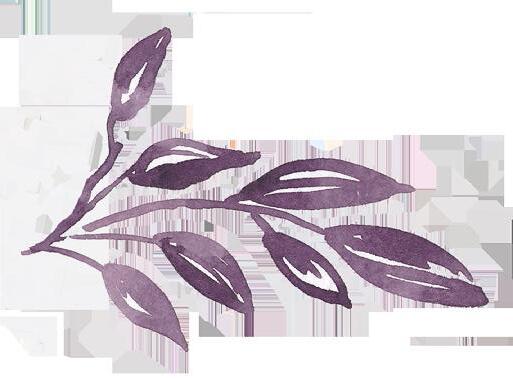

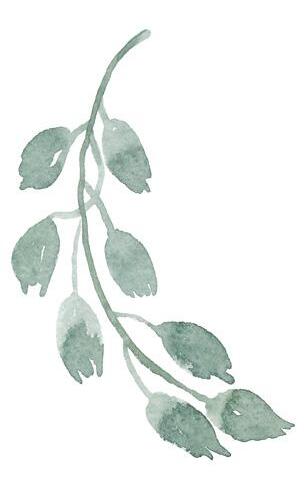

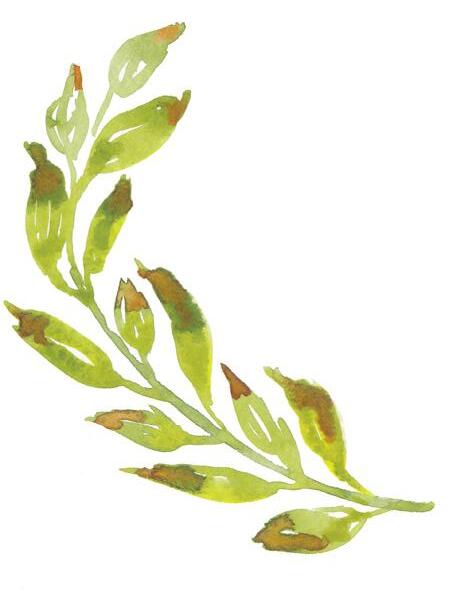


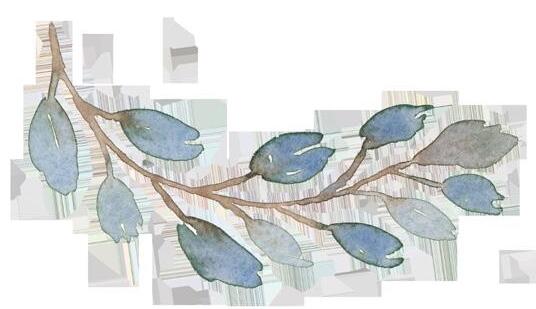





 Photo: Lynne Groulx LL.L., J.D., CEO, Native Women’s Association of Canada
Photo: Lynne Groulx LL.L., J.D., CEO, Native Women’s Association of Canada
4 KCI-NIWESQ
- Lynne Groulx
A MESSAGE FROM NWAC’S CEO
WELCOME TO THE 18TH EDITION OF KCI - NIWESQ, THE MAGAZINE OF THE NATIVE WOMEN’S ASSOCIATION OF CANADA (NWAC).
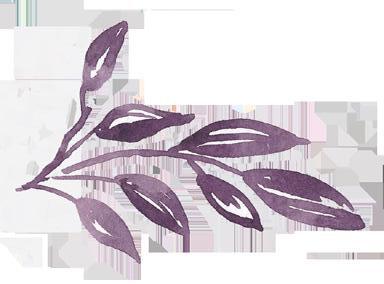
In these pages we bring you stories from the perspectives of Indigenous Women, Girls, Two-Spirit, Transgender, and Gender-Diverse+ (WG2STGD+) Peoples living with disabilities. We explore how colonization has affected the lives of those living with disabilities and gain insight into what it’s like being a caregiver to Indigenous person(s) living with autism.
Traditionally, Indigenous cultures held differences in high regard. Differences were celebrated as gifts from the Creator. Colonial structures have since coined them as disabilities, which has caused oppression and devaluation. In the pages that follow, we explore how to honour traditional values through colonial systems.




We bring you a three-part-series entitled “Caregivers of Autism,” where we sit down with three different caregivers, who each give entirely different stories about what it’s like caring for someone living with autism. Mel Critch explains what it’s like navigating two worlds: the first world being the modern, colonial realm, and the second being traditional Indigenous ways of being, which looks inward to find purpose, rather than fitting in external boxes. Next, Mel Victor sits down with us to share her story of surviving as a single mom caring for a little one with autism to now thriving and caring for two children living with autism. Finally, Johnna Bruyere offers a mother’s perspective into navigating complex health care systems in rural, Northern, and remote communities.
We bring you another three-part-series where we explore the complexities of intersectionality of Indigenous women living with disabilities. Michelle Soto explains what it’s like living with PTSD and anxiety as an Indigenous woman. Next, Annette Cada shares her experiences living with depression, borderline personality disorder, PTSD, and anxiety. Finally, we sit down with Judith Cure, who is nearly paralyzed with rheumatoid arthritis.
NWAC’s Lisa Smith describes how colonization has had a profound impact on how Indigenous Peoples living with disabilities are perceived, treated, and live. She explains how what is now labelled as a “disability” was once celebrated as “gifts” that offered invaluable perspectives.
Tera McDonald explains how inclusivity and accessibility are imperative in all aspects of life—personal, professional,
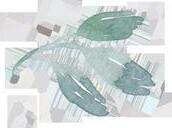









in person, virtually. She explains that while inclusivity comes naturally to some, others need to work at it—and that’s okay! Progress and growth toward acceptance of others is fundamental.
We learn how Indigenous Disability Awareness Month started in B.C., and how this recognition is gaining momentum across Canada. Neil Belanger, CEO of the British Columbia Aboriginal Network on Disability Society, tells us he is sure “it’ll be a national observance [month] in Canada” one day, and he refuses to stop working toward that goal.
Nicole Ineese-Nash, an Indigenous researcher and educator, shares her opinion on how disability is a colonial construct. She explains how people with disabilities teach us to see things differently or through a different lens, and describes how colonization has oppressed these perspectives.
We also break down for you a shadow report we partnered on, which describes the ongoing impacts of colonization on Indigenous WG2STGD+ Peoples. We explore how intersectional barriers further contribute to oppression. Thank you once again for opening the pages that follow in our special edition of Kci-Niwesq, exploring how colonialism has impacted Indigenous Peoples living with disabilities. Please let us know what you think, at: reception@nwac.ca. MIIGWETCH.
Native Women’s Association of Canada 5
Lesser-than labelling not helpful
Indigenous Peoples living with disabilities have been greatly disadvantaged due to colonization, impacting accommodation, accessibility, and inherited shame. The solution: Re-prioritize Indigenous Peoples with disabilities and decolonize with a trauma-informed approach.
Colonization has had a profound impact on how Indigenous Peoples with disabilities are perceived, treated, and live. Traditionally, what were known today as a “disability” were once celebrated as “gifts” that offered invaluable perspectives to their communities.
Lisa Smith is an Inuk woman and former criminal lawyer who has done work for the United Nations Convention on the Rights of Persons with Disabilities (CRPD) and is a strong voice for Indigenous Peoples with disabilities. She currently works for NWAC as Interim Advisor to the President (formerly as Senior Director, Governance, International and Parliamentary Relations).
“Colonial harms, especially as it relates to disabled Indigenous Peoples, there was such a fall from grace from being gifts of the Creator, to now being a burden—or being perceived as being a burden—to society, as colonialism will have us believe,” Ms. Smith says.
“We’ve created so much harm, because oftentimes, those living with disability also have inherited shame about their disability.”
This colonial shift in perspective regarding a person’s abilities has affected every aspect of life for Indigenous Peoples living with disabilities. Lesser-than labelling, coupled with a lack of accommodation and accessibility has resulted in further limitations.
“Not only is it harmful to their own self identity, it also places [further] limitations
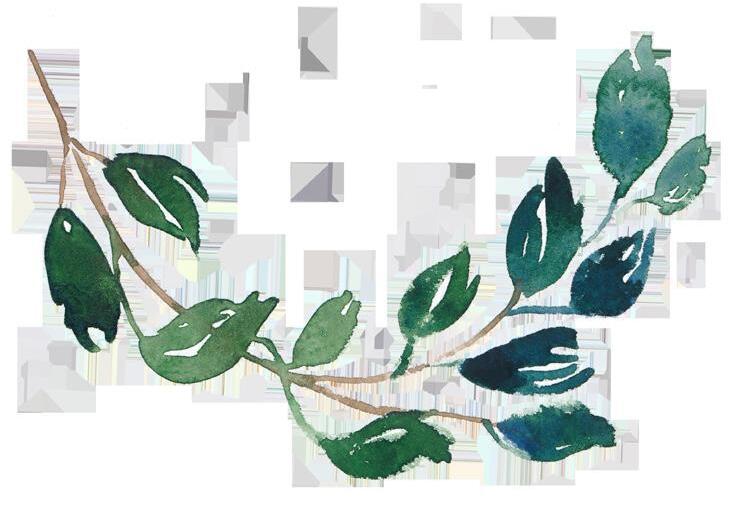
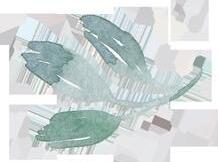


on themselves,” Ms. Smith adds. “This really shows how society, in general, views people with disabilities. There was, and still is, so much lack of accommodation and accessibility in this country, and in most countries.”
A large gap Ms. Smith points to as an underlying theme in ineffective supports for persons with disabilities is not considering the complexities of each person’s intersectionality—how each identifying factor and/or diagnosis make up a person— rather than each categorization individually.
“Where I think everyone is failing, and not just Canada—even, if I could be so bold to say, the world—is in terms of intersectionality,” Ms. Smith declares.
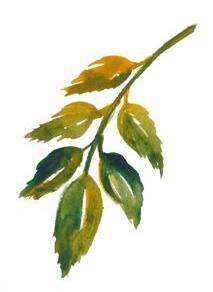
“Identity is complicated. Really focusing on how these identities intersect is a very important piece. Often when we talk about intersectionality, disability is not given a lot of focus and attention. That’s a disservice to everyone,” Ms. Smith says.
In 2019, the Accessible Canada Act was adopted. However, the Act fails to consider intersectionality and the impacts this has on Indigenous Peoples with disabilities. Thus, Indigenous Women, Girls, TwoSpirit, Transgender, and Gender-Diverse+ (WG2STGD+) Peoples with disabilities face numerous barriers, which in turn limit their ability to contribute to society in meaningful ways.
However, prior to the bill, anti-discrimination laws were largely reactive. Society waited

6 KCI-NIWESQ


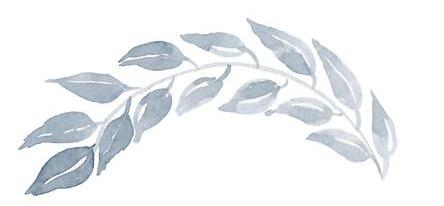
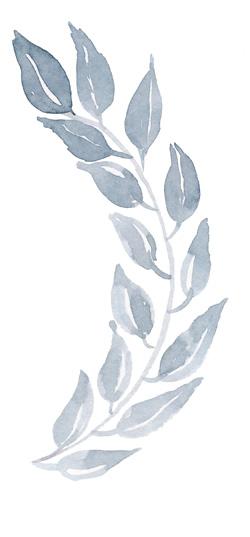
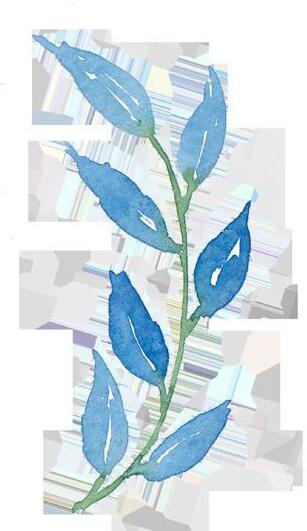




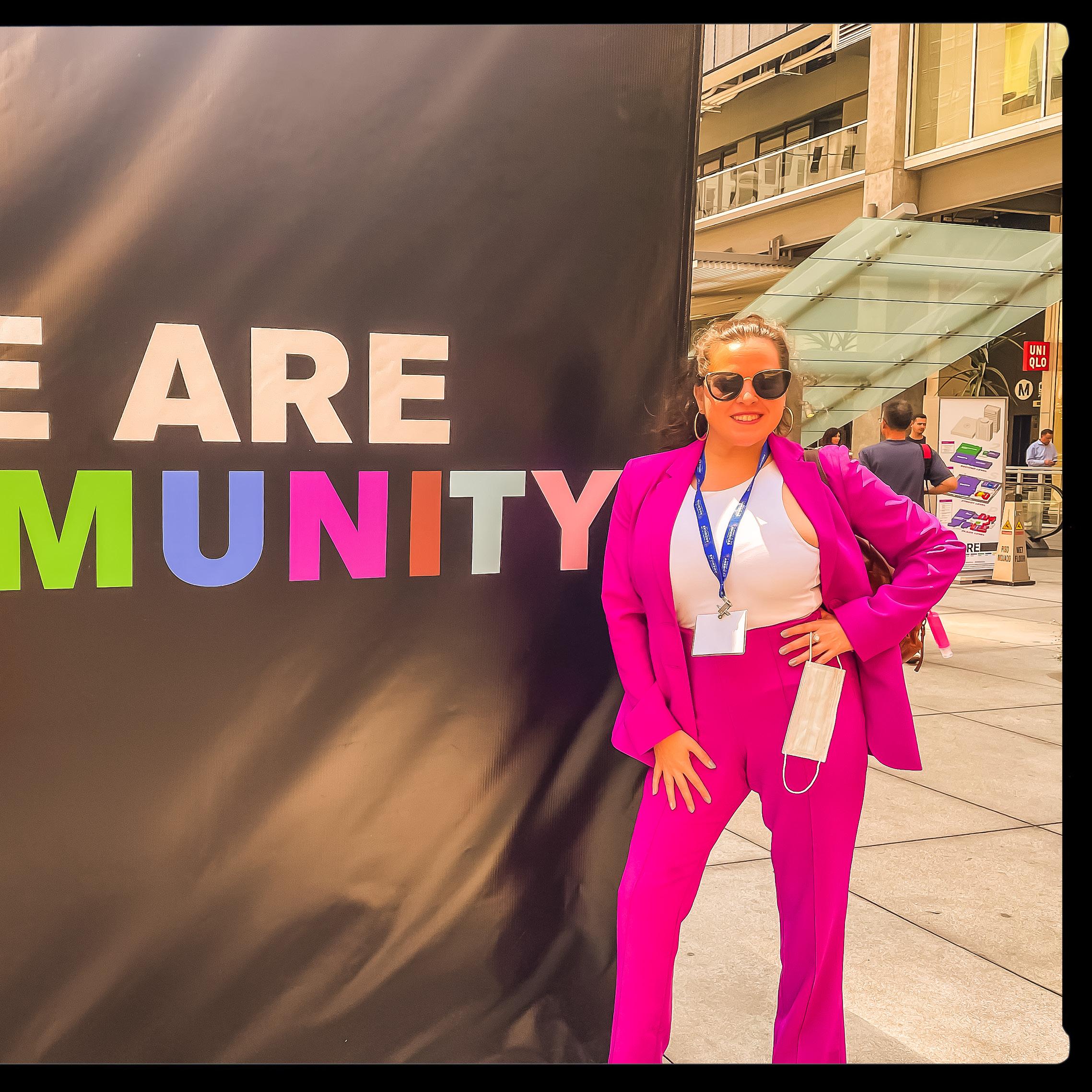


 Photo: Lisa Smith attending the Summit of the Americas in Los Angeles
Photo: Lisa Smith attending the Summit of the Americas in Los Angeles
7
Native Women’s Association of Canada
until individuals were denied a service or a job to determine if the denial was discriminatory. Advocates are hopeful that the implementation of the Act will ensure a cultural change in Canada. Ms. Smith hopes that Canadians will be proactive rather than reactive.
Further implementation needs to happen for full inclusion, Ms. Smith says, which leads to an even greater cause for concern, and that is recommendations and policies are not being implemented at legislative levels.
The work has already been put in, strategies have been created, reports have been published, but the only thing missing now, she says, is the follow-through.
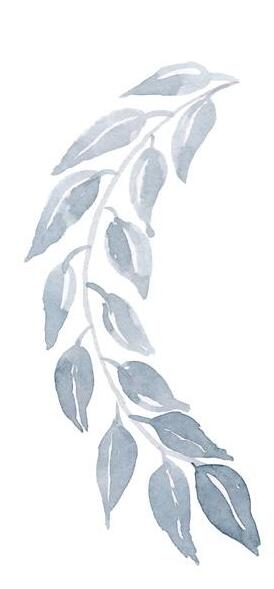
“We have the 94 Calls to Action for truth and reconciliation. We have the 231 Calls for Justice. We can have the best policies, legislation, and recommendations in the world, but if it’s not implemented, what does it matter? Nothing will change and the violence will continue to rise,” Ms. Smith says. “We have the tools in our tool belt, but if the state refuses to use them, then the violence, and the colonial harms, just keep going.”
Without implementing these fundamental rights, accessibility and inclusion for Indigenous Peoples living with disabilities cannot be appropriately prioritized. Canada must first ensure that the basic human needs of all Canadians are being met—inclusive of Indigenous WG2STGD+ Peoples living with disabilities.
“Accessibility [and inclusion] for disabled people cannot be a top priority when your basic human rights are not met—when you don’t have clean drinking water, when your women are going missing and being murdered. Accommodation for disability falls below meeting our basic human needs. And that’s really unfortunate,” Ms. Smith explains.
How can we ensure Indigenous Peoples with disabilities are, once again, prioritized, honoured, and included? Ms. Smith says the answer is simple: We decolonize.
“We really do need to decolonize everything. We have to decolonize that attitude surrounding disability and decolonize our actions, not just our perceptions, but our actions toward those living with disabilities. We need to go back to pre-colonial times, and see them as the gifts they are,” she says.
Ms. Smith adds that a trauma-informed approach is essential in decolonization. “That’s how we decolonize. It’s all about healing at this stage,” she declares.
8 KCI-NIWESQ
Identity is complicated. Really focusing on how these identities intersect is a very important piece. Often when we talk about intersectionality, disability is not given a lot of focus and attention, and that’s a disservice to everyone.
- Lisa Smith
Pictured: Bonnie Rogers, Dene language teacher. Photo credit: Bonnie Rogers.
We really do need to decolonize everything. We have to decolonize that attitude surrounding disability and decolonize our actions, not just our perceptions, but our actions toward those living with disabilities. We need to go back to pre-colonial times, and see them as the gifts they are.
 - Lisa Smith
- Lisa Smith

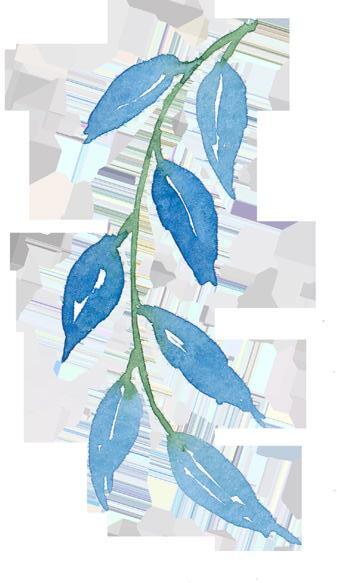

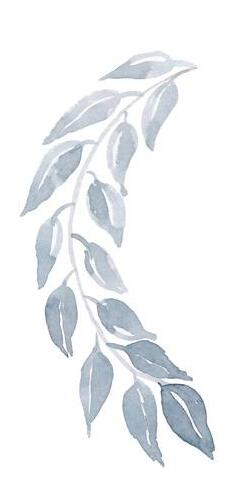
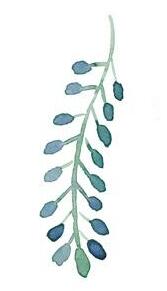



Native Women’s Association of Canada 9
Photo: left Lisa Smith testifying before the Standing Senate Committee of Indigenous People (APPA). right Lisa Smith photo credit Ritche Perez
Caregivers of autism: A three-part series
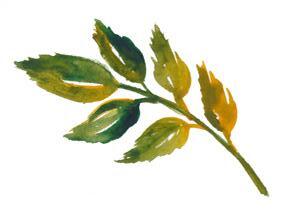


Autism spectrum disorder (ASD) can affect a person’s ability to socialize, communicate, and control behaviour. This three-part series explores some isolating and overlooked barriers many caregivers of those living with autism encounter.

Autism spectrum disorder (ASD), also referred to as autism, is a neurodevelopmental disorder that affects millions of people worldwide. Some require specialized care and supports to complete day-to-day tasks, while others are higher functioning and able to manage their diagnoses through medical interventions.
Common symptoms of ASD affect a person’s ability to socialize, communicate, and control their behaviours. Some people are sensitive to loud sounds, bright lights, or other modes of over-stimulation, which can often lead to what is referred to as “stimming.” This is often manifested as a person with autism repeating themselves over and over, rocking back and forth for long periods of time, flailing, squeezing or compressing themselves, or otherwise self-soothing in situations where those not living with autism would not require additional regulation.
Although supports, needs, and abilities differ from person to person, it is safe to assume that each person living with autism has, had, or will require a caregiver.
10 KCI-NIWESQ
Pictured: Caregivers of autism: from right to left, Terry (Dad) Critch, Trent (brother) Critch, Mel Critch, Maxine (mom) Critch. Photo credit, Rayne Phillips.
Here, we spoke with three caregivers of people living with autism to gain insight into their unique circumstances in caring for someone with autism.
In this three-part series, we explore the “two worlds” of autism, shift from surviving to thriving, and share a mother’s story.
Caregivers of autism: Navigating two worlds,








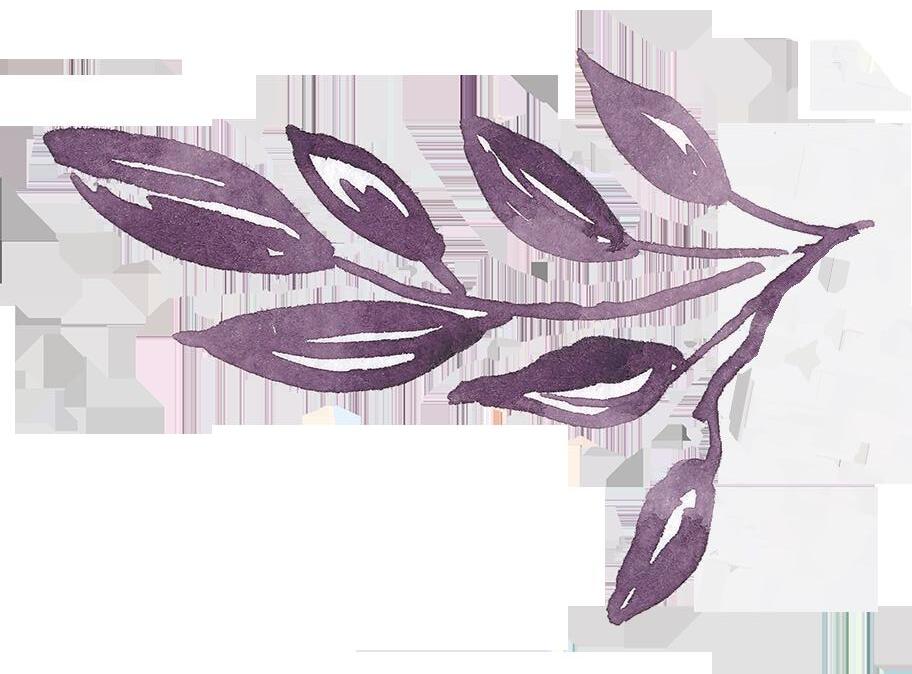
 with Mel Critch
with Mel Critch
Caregivers of Indigenous Peoples living with autism are often caught between two worlds—torn between a neurotypical, colonial, modern world and the world of autism as portrayed through traditional, cultural, Indigenous ways of being.

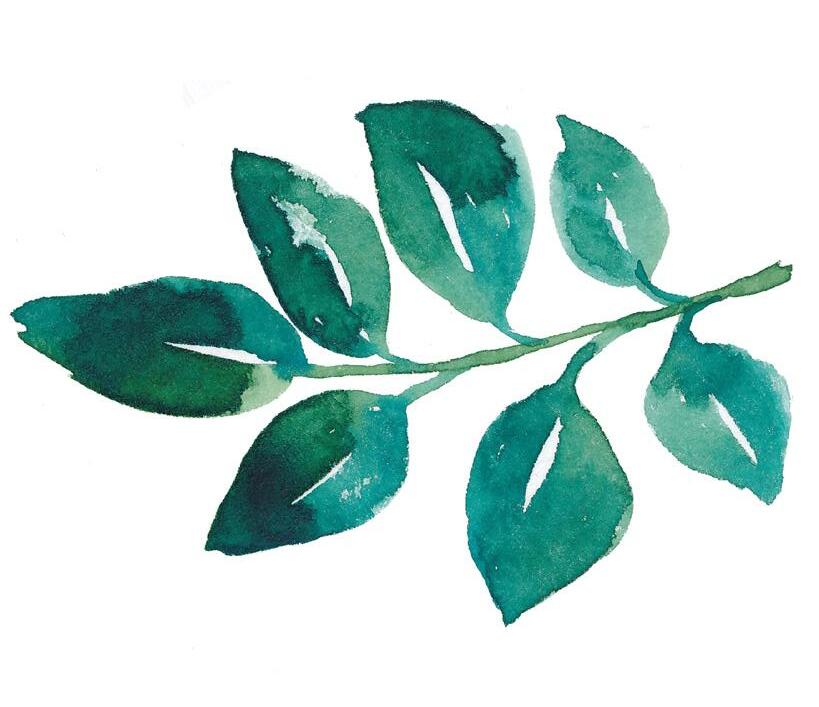
For Mel Critch, a neurodivergent child and parent to those living with autism, the latter has always been their regular routine. The colonial world, as they call it, is not always inclusive of people living with autism and does not recognize the unique offerings and potentials these individuals bring to their communities.
“We don’t consider it, like autism, in a sense. We know that’s the way the world describes it. But it’s always been in our stories and always been part of our existence. They exist in their own time and space,” Mx. Critch explains. “That’s just the way our family is. And I think it’s a beautiful way to look at it.”
Mx. Critch, and their family, strongly believes everyone “has a good heart,” and they are easy to give and forgive. Even though these traits can, and have on occasion, led to them having their bountiful kindness and generosity taken advantage of from time to time, they say that despite these hurdles, seeing the good in people is a wholesome and refreshing way to live.
Mx. Critch and their family use Traditional storytelling to teach appreciation for people’s differences. For example, their family always knew their father had challenges others did not, but these were never considered a “disability” as the modern world labels it—it was just the way he was, and they embraced him with love and support. Alternatively, their family celebrated the many gifts their father offered, such as his quick wit and what they refer to as his “engineer’s brain.”
Though a number of Mx. Critch’s relatives live with autism (some with formal diagnoses, some without), seeking out diagnoses wasn’t necessarily for their own personal benefit, but rather so they can access services and supports available to them through colonial systems.
Mx. Critch’s son, Nickolus, was showing characteristics resembling those of Mx. Critch’s father and brother. By this point, they had re-partnered with someone who was undergoing training to become an educational assistant to support people with disabilities. Based on his studies, he suggested to Mx. Critch that Nickolus may benefit from being assessed, which revealed that he was living with autism.
Mx. Critch’s initial reaction was to resist the diagnosis. However, once they realized the diagnosis could serve as a tool to help Nickolus receive supports, care, and services, they embraced the colonial diagnosis, while still holding those Traditional Indigenous teachings near and dear to their heart.

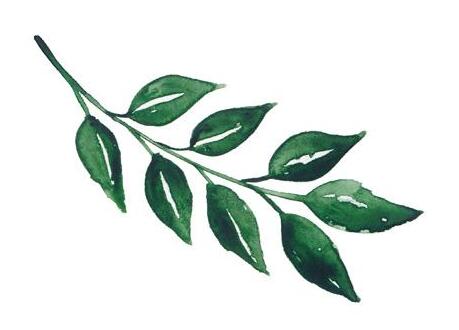

“I’ve never thought there’s anything wrong. This is just the way we are. But in order for that system to know how to treat my kid the way I know they need to be treated, they have to label them for some reason, and it’s not right. But I don’t make those rules,” Mx. Critch says.
Autism is not a new concept, Mx. Critch explains. “We’ve been around forever. It just looks different” through a colonial lens. Indigenous cultures have recognized and embraced autism, and other abilities, for generations. “They’re different because Creator intended them to be different,” says, Mx. Critch, and these different abilities are shared and celebrated through Traditional stories.
“On the land, we don’t see what the rest of society sees. My kiddo did not have the same types of reactions or behaviours classified on people with autism when they’re on the land,” Mx. Critch says. “When I was outside of that system and didn’t have to interact with it. We were just on the land. My kids were happy and healthy.”
It’s been a steep learning curve balancing these worlds, but today Mx. Critch believes they now have a healthy understanding of how to live within the two.
“Trying to make everyone the same is really harmful. Never celebrating anyone’s differences, never benefiting from a different point of view, has really destroyed the things that they’re trying to do. And fear destroys everything,” Mx. Critch says. “That colonial society tells us we have to ignore what’s going on inside of you.”
Mx. Critch explains that it’s not necessarily the person that is out of balance, but that it can be the world or system they are operating in that is out of balance.
“They’re operating in a system that puts them in dysregulation. You bring them back to the land, with Mother [Earth], and you realign, and you reconnect, and you calm that nervous system. Then, you will see a different child,” says Mx. Critch. “When you’re with Mother Earth, your child doesn’t experience those labels in those moments.”
Mx. Critch says the importance of cultural identity and Indigenous Knowledge in supporting those living with autism cannot be stressed enough. These ways and teachings offer unique perspectives, as well as provide safe, nurturing environments for both people living with autism and their caregivers.
“We need each other in an equal exchange. And that’s how our family operates. We wouldn’t be us without someone with autism,” Mx. Critch says, reiterating the importance of embracing differences.
- Mel Critch
Native Women’s Association of Canada 11
Trying to make everyone the same is really harmful. Never celebrating anyone’s differences, never benefiting from a different point of view, has really destroyed the things that they’re trying to do. And fear destroys everything.
CAREGIVERS OF
AUTISM
Caregivers of autism: Surviving to thriving,
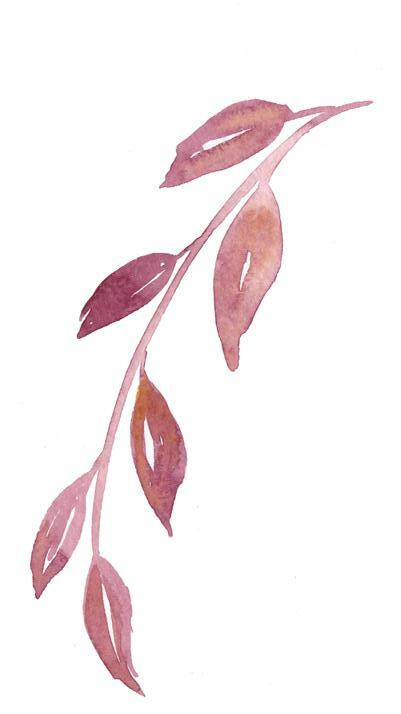

 with Mel Victor
with Mel Victor
Mel Victor credits strong boundaries, self-care, and relentless advocacy for her children’s needs for getting her to a place of balance today as a caregiver to children living with autism.
Ms. Victor has overcome several obstacles, including moving across the country as a single mom with a newborn living with autism, to find the best possible care for her children—as well as peace for herself.
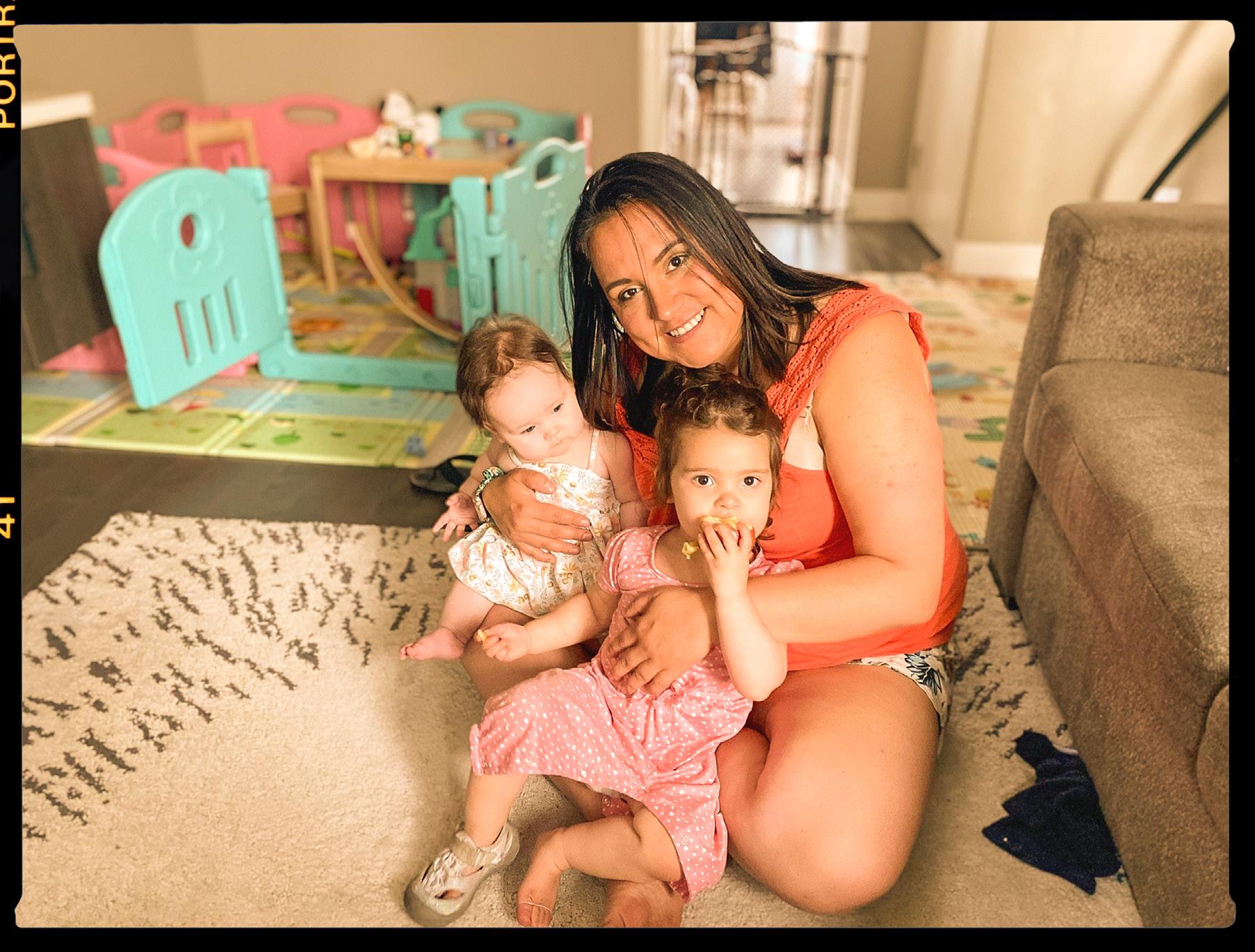
As a newly single mother caring for an infant with autism, Ms. Victor was forced to drop out of university and leave Guelph, since the wait lists were long and resources were few. She set off for British Columbia to live with her parents, but when she realized the supports there weren’t best for her son, she left the province again—alone—in search of better health care support.
“We can’t help you until you have a health care card,” she was told in B.C., which was followed by a year-long waitlist. Her cousin offered to sublet her home in Calgary to Ms. Victor while they relocated for two years. Though Ms. Victor was instantly intrigued, it wasn’t until she heard her cousin say the words “By the way, Calgary is a really good province to be in for kids with special needs” that she was convinced it was the right decision.
She moved out right away and two weeks later her son was already registered in a special needs school in Calgary. She was also connected with family supports for caregivers of people with disabilities, including autism—all before their provincial health cards were approved.
“It was so great for him. He needed these services, and he was starting to flourish,” Ms. Victor says.
12 KCI-NIWESQ
Pictured: Caregivers of autism: Mel Victor holding her daughters, Ana (one year old) and Abigail (two years old). Photo credit: Mel Victor.
She believes prioritizing their own mental health over the feelings or repercussions of others—even family—has allowed her to better prioritize herself and her children. It has allowed her to focus on accessing the best possible services available, learn strategies to manage sensory overload, and network with other families—which has made all the difference for her and her children, while they maneuver the world of living with autism.
Ms. Victor admits that “learning those boundaries for myself” was just as difficult, if not more difficult, than setting boundaries for her children living with autism. She says that speaking with a professional counsellor has given her valuable resources in learning to “cope with being a caregiver” and come to peace with her new normal.
“When it comes to mental health, sticking with those boundaries—even when it comes down to dealing with family— trying to get them to understand that you know, this is the way that my children are. You need to understand that you’re coming into their bubble. These are their ways to cope and ways to self soothe when they’re overstimulated,” she says.

Ms. Victor admits that, at first, she didn’t embrace the idea of her son having autism. But, after sitting with the possibility for a while, doing some research, and speaking with medical professionals, she learned how embracing a diagnosis could change the world for her family.
“He was not hitting the milestones like he should be. One of the other moms was like, ‘maybe he’s autistic.’ And at that time, I was like, ‘No, it can’t be that.’ Like, ‘you don’t know my kid, I think I know my kid a little bit more.’ I started doing a little research and I was like, Wait a minute. Maybe he is. And, at my next appointment, I said, ‘Maybe he is autistic.’ I don’t remember what happened next, but sure enough, he was diagnosed with autism,” Ms. Victor recalls.
By never losing sight of what’s most important, Ms. Victor has been successful in setting roots in Calgary with a strong support network of services and mental health supports.
“I needed something that was not a struggle, and a more stable environment for my son. Calgary became that place. We’ve been here 16 years,” Ms. Victor says.
Today, she has since re-partnered and has two more children—a two-year-old daughter, who has also been diagnosed with autism, and a one-year-old daughter. She and her family are thriving—even through the most difficult of times. Part of their success has been building strong cultural connections.
“It’s such a good space for him to be safe, and to be recognized, in that community. And it’s the same with my daughter Abigail. She was running circles in a Round Dance. She was running around and so happy to be in that environment,” Ms. Victor says.
“I feel like she’s found her voice and she’s found that spirit. I know when it’s time that she’ll be a dancer or she’ll be a drummer, because of the fact that she’s so welcome in those spaces,” she says.
Ms. Victor explains how caring for someone with autism requires great patience, understanding, and bountiful willingness to learn and adapt on a dime. She recommends that all caregivers, especially caregivers of those living with autism, spend time devoted to learning your loved one’s unique strengths and offerings, while building a strong support network both for your loved one and for yourself, as a caregiver.
“It takes a village to raise them, but at the same time they are amazing kids. They just need that time. They need that love,” Ms. Victor says.
Native Women’s Association of Canada 13
CAREGIVERS OF AUTISM
It takes a village to raise them, but at the same time they are amazing kids. They just need that time. They need that love.
- Mel Victor
Johnna Bruyere is a mother of three, who describes what it’s like to try to navigate new territories of caring for a child with autism while living in a remote community, where there are many limitations and barriers in accessing proper health care.
Ms. Bruyere’s 12-year-old daughter Zoe was diagnosed with autism last year, but had been undiagnosed for six years prior. She was initially prescribed medication to treat attention deficit hyperactivity disorder (ADHD), which was not effective.
“My one daughter is diagnosed with ADHD and they just put Zoe on the same thing, which did not work,” Ms. Bruyere says. What caused further frustration, though, was that when the ADHD medication was unsuccessful, other resources or alternative services were not offered. Instead, Ms. Bruyere had to go looking for them.
“I had to start fighting for my family. I had to say, you know, I know something is very off. It doesn’t click like that for her. And giving her trouble or taking stuff away, it wasn’t working. And this has been years and years of it. Once I went to a specialist, they figured it out right away,” Ms. Bruyere said. “I didn’t know how to [help regulate her] or even what to do. So, a lot of the times I was looking at it like it was bad behaviour, but it wasn’t.”
In just the short year since Zoe’s diagnosis, she has shown so much more control, balance, and regulation. She now attends school full time, as opposed to only the hour a day she was
permitted pre-diagnosis, and Ms. Bruyere rarely receives phone calls from the school to pick her up early anymore.
“I’m still learning,” Ms. Bruyere admits. “We’re learning ways together to kind of help bring her down. This is all new for us.”
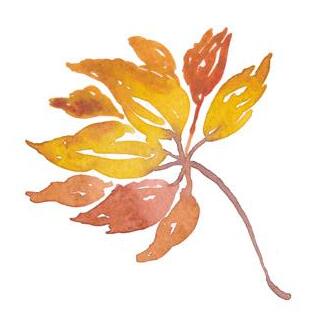
Her biggest regret is that she didn’t have the information, services, and supports in place for her daughter sooner. “If I would have known in the beginning what it was” is a statement Ms. Bruyere says frequently, which trails off into fictional scenarios of how she wishes she could have supported her daughter more at an earlier age.

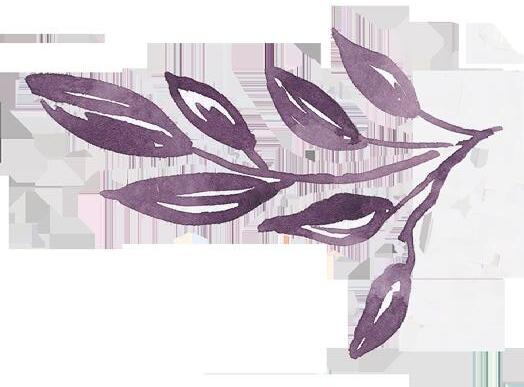


Part of why she feels it took so long for her daughter to be diagnosed is due to limited access to resources and services in rural and remote communities.
“It’s been a struggle here to try to get the services [we] need. There are long wait lists. We have no specialists. We have no [permanent] doctors. When we are able to see a specialist, you’re waiting a year or so down the road. It’s like, how does that help?” Ms. Bruyere asks, rhetorically.
She alludes to “emergency” and special circumstance services, such as Jordan’s Principle, intended to provide services to Indigenous Peoples. However, even those services are drawn out, with many hoops to jump through.
“They take a long time. Even for things that are supposed to



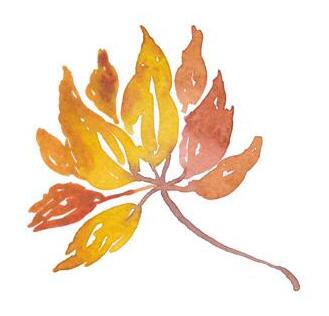
be emergencies, you’re waiting five months. So, I know how to access them, it’s just how long they take to actually help you,” Ms. Bruyere says. “It’s been a struggle, for sure. It seems like a roller coaster.”
Ms. Bruyere says her daughter, as the person living with autism, and herself, as her caregiver, both face oppression in accessing services and supports.
“You can’t get the services you need,” she says. “You’re kind of stuck on your own dealing with everything and trying to figure stuff out.”
A large gap Ms. Bruyere has identified has been support and services for the caregivers, and not just for the person living with autism.
“The caregivers need support too,” Ms. Bruyere says, adding that supports should also include emotional and mental supports for caregivers.
Ideally, these services would be provided with the option for virtual or in-person supports, as many people, such as Ms. Bruyere, live in rural areas, which makes travelling for seminars, networking, services, or supports challenging.
Services for caregivers should be accessible and flexible to meet individual learning styles and each person’s unique situation. A caregiver’s time is limited due to their caregiving responsibilities, which makes it even more difficult for them to access and benefit from services and supports.
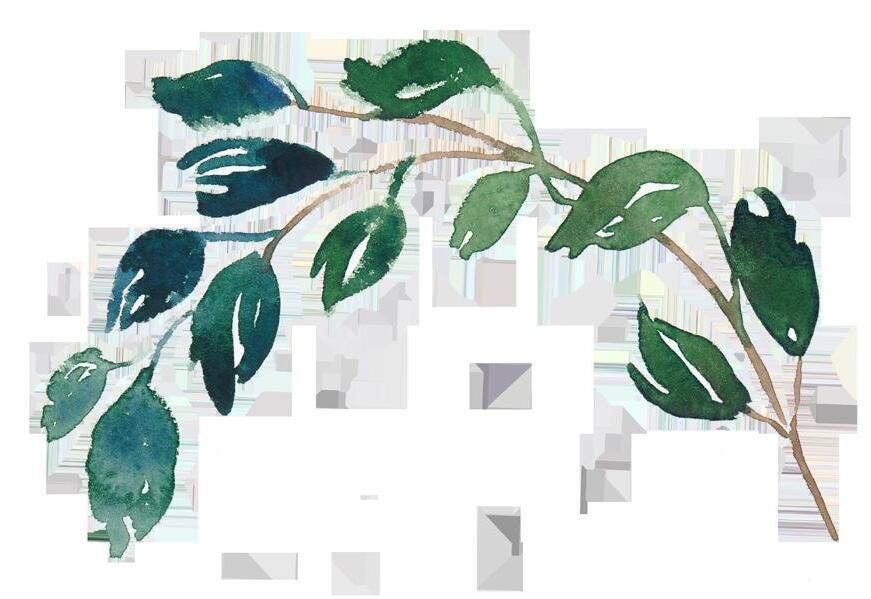

14 KCI-NIWESQ
“Caregivers need support to be able to deal with their every day, and to know what to do in those situations. I didn’t know what was going on, so I was definitely approaching it all on my own,” Ms. Bruyere says. “They don’t put on anything for [caregivers]. They have a ‘wear a shirt’ day, but what does that do for us?”


For Ms. Bruyere, networking opportunities with other parents and caregivers of people with autism would be a valuable resource.
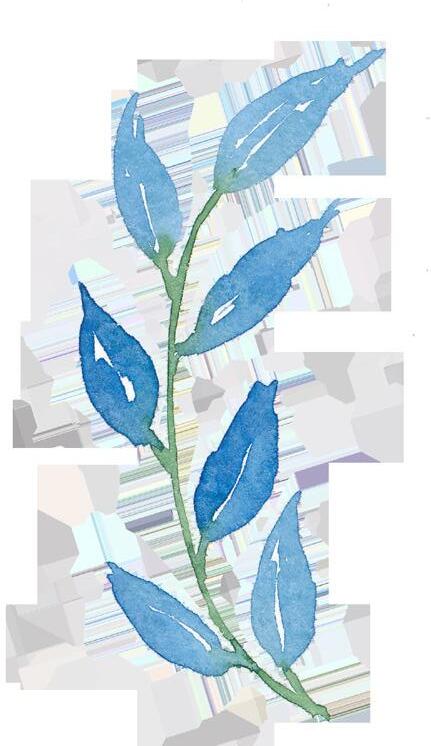

“To learn from other people, [hear] their stories, what they’ve went through— what works, what doesn’t work. Things like that would be big to me,” she says.

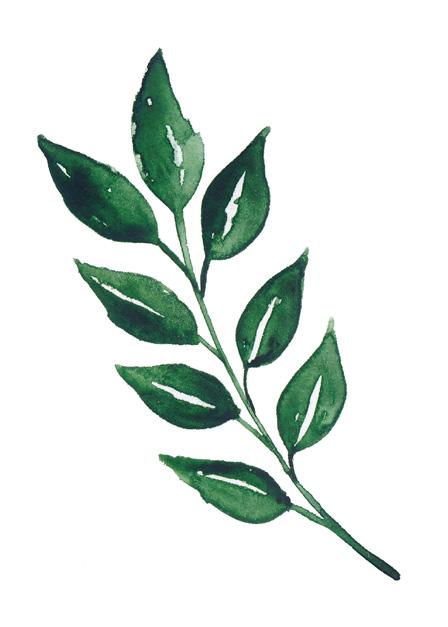


Up until a year ago, when Zoe’s diagnosis came in, the complex world of autism was unknown to Ms. Bruyere. A year later, these services are still unfamiliar, but she is learning to maneuver them quickly, and efficiently, to offer her daughter the best possible support she can provide.
“This is all new to me. I don’t know a lot, but I’m trying my best.”





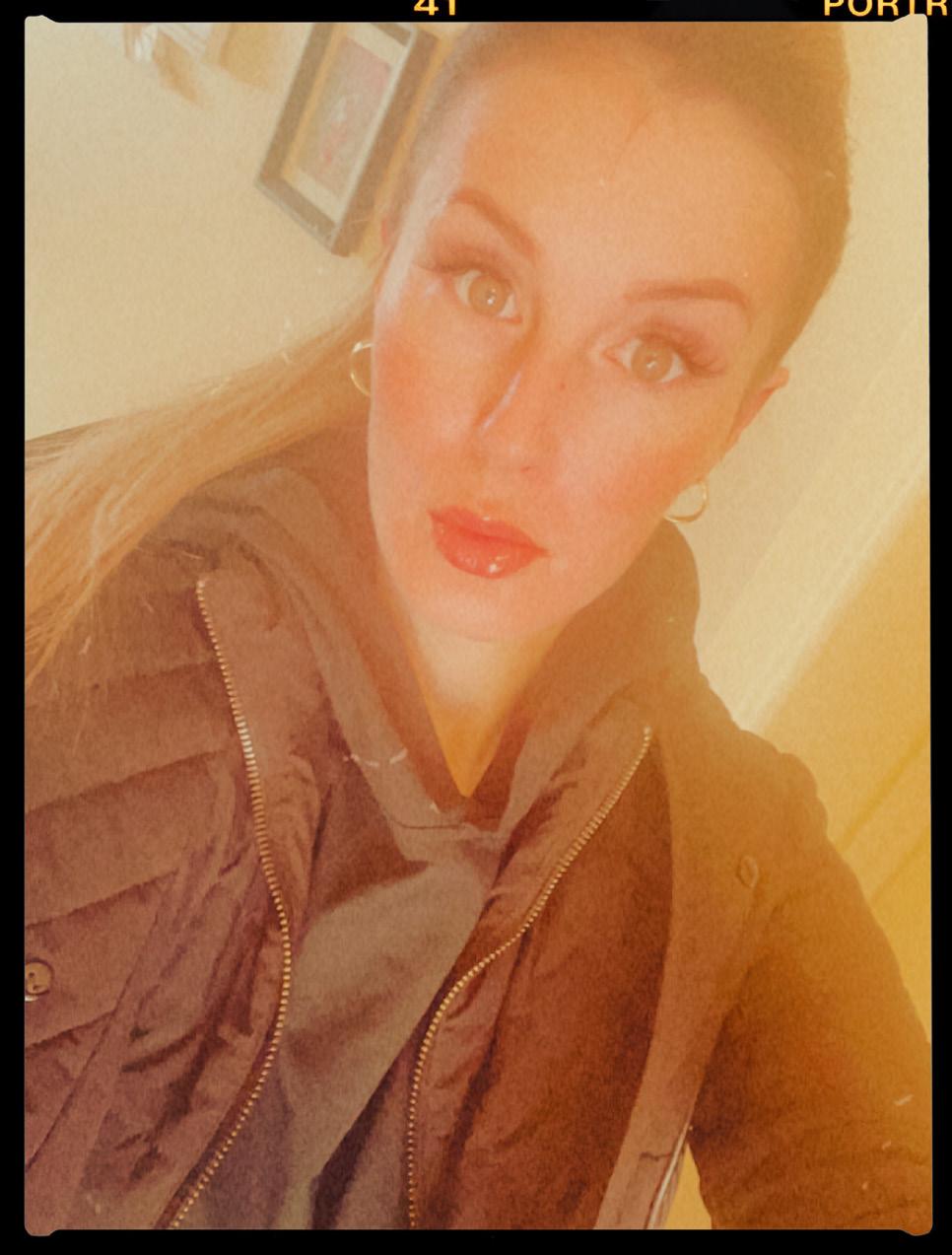
Native Women’s Association of Canada 15
CAREGIVERS OF AUTISM
You can’t get the services you need. You’re kind of stuck on your own dealing with everything and trying to figure stuff out. To learn from other people, [hear] their stories, what they’ve went through—what works, what doesn’t work. Things like that would be big to me.
- Johnna Bruyere
Johnna Bruyere, mother to three, one of whom was recently diagnosed with autism. Photo credit: Johnna Bruyere
Seeing the whole person on the other side
Educator turned entrepreneur utilizes her unwavering advocacy to create positive change for stronger communities through unique inclusivity and accessibility training.
Educator turned entrepreneur, Tera McDonald leverages her strong advocacy skills to enhance inclusivity and create positive, impactful changes for stronger communities, businesses, leaders, and organizations.
“When we look through the lens of inclusivity, we see a whole person on the other side,” says Ms. McDonald. “We very easily can forget that we’re looking at whole people. We just need to acknowledge the whole person; we need to support the whole person. And I really think people miss that.”
Ms. McDonald believes inclusivity and accessibility should be at the forefront of all businesses and organizations. She offers inclusivity, accessibility, and empowerment training, which when blended with her past teaching skills and experiences. This has proven to be very impactful for Indigenous communities, especially for Indigenous Women and 2SLGBTQQIA+ Peoples.
“I’ve designed a process to take leaders through, as well as teams and organizations, where they will come












out the other side of this process hopefully with more diverse thinking than what they went in with,” says Ms. McDonald.
In an increased effort to bolster powerful communities and leaders through inclusivity, Ms. McDonald consults with a group called Empowering Indigenous Women for Stronger Communities, to serve Indigenous communities.
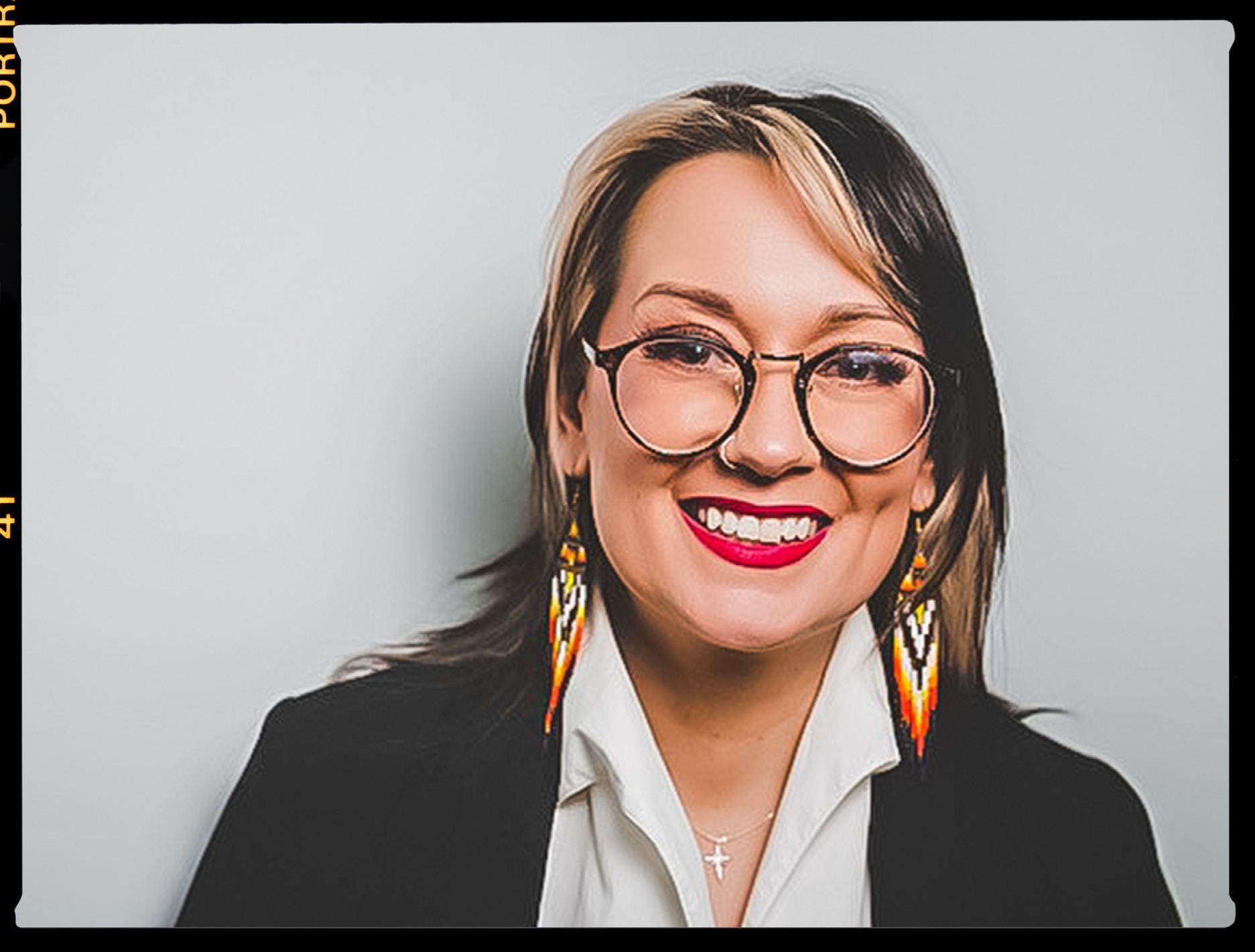
“To be in community is to build community. So, that’s what I’m doing,” says Ms. McDonald. “I’m creating a space where we can have authentic conversations” and build comfortable and inclusive workplaces.
Ms. McDonald’s work is unique in that it goes far beyond traditional diversity and cultural awareness training. She clarifies that, when it comes to inclusivity, ignorance is not bliss.
“When you choose to look away, you’re choosing to leave somebody behind. And that’s just wrong,” Ms. McDonald says.
16 KCI-NIWESQ
Pictured: Tera McDonald Photo Credit, Chris Ledrew
She provides organizations with systematic tools and comprehensive techniques to practise inclusivity on a day-to-day basis. Her goal is to ensure everyone feels safe and secure in all spaces they inhabit. It’s about learning to adjust your frame of thinking, she says.
“Practising inclusivity awareness is one thing. We can be aware of it, but having the tools to support a person in reaching their fullest potential, that’s a different thing altogether”—and that, she says, is true inclusivity.


Ms. McDonald says her passion for inclusivity stems from her upbringing. She was raised by parents who believed that everyone should be welcome at their table, and this belief has stayed with her throughout her life.
It wasn’t until her early adulthood years when she realized that not everybody is born with the same understanding of inclusivity—whether those biases be intentional or not. She says it’s everyone’s responsibility to create open, accessible,
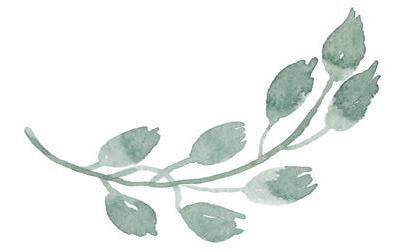

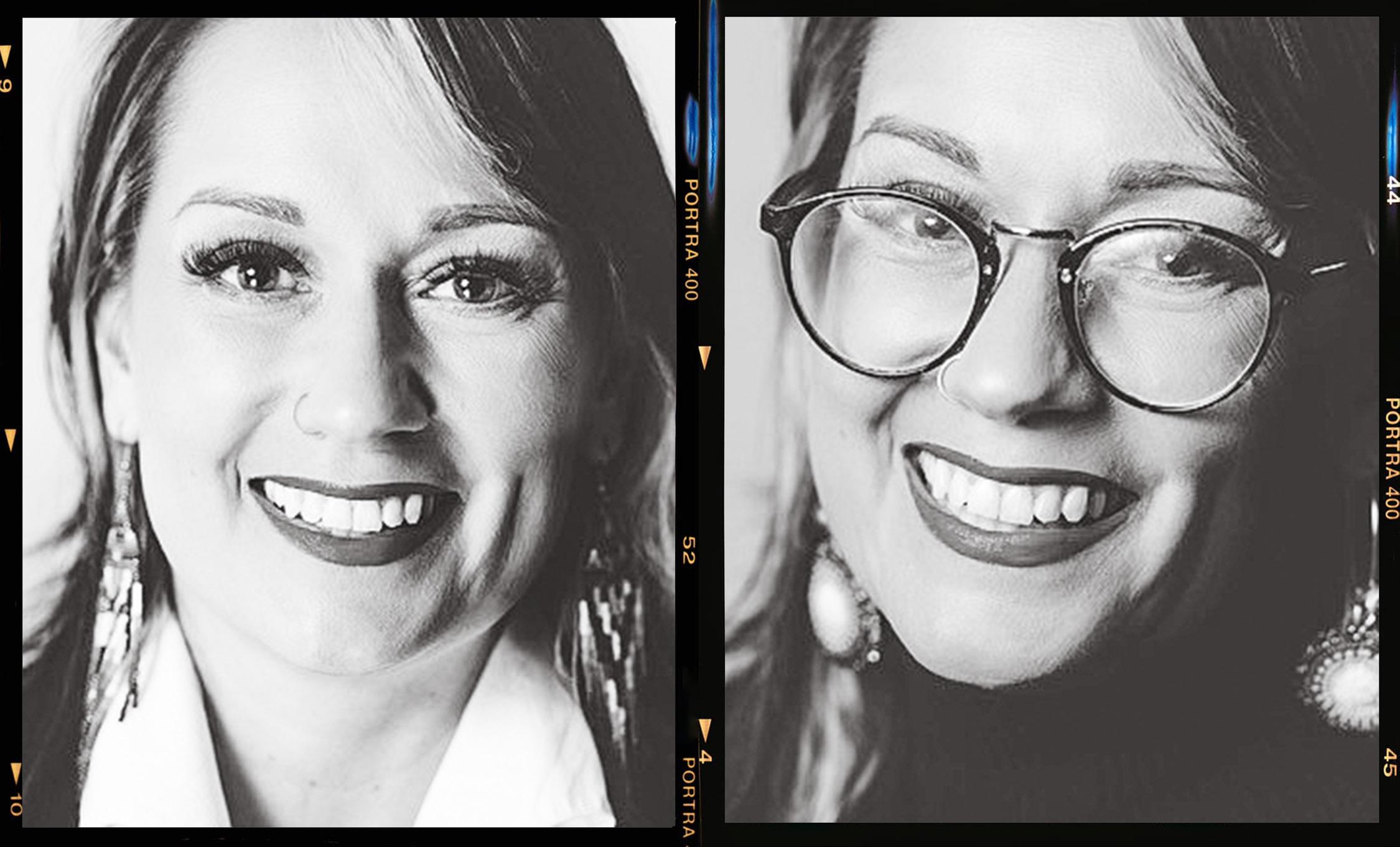
and dynamic spaces where everyone is welcomed.

“We’re at a point, I think, where it would be silly to say that inequities don’t exist,” says Ms. McDonald. “If you have the ability to help somebody, it doesn’t really matter who they are. And maybe the way you help one person looks different than the way you help somebody else. And that’s okay.”

Native Women’s Association of Canada 17
Pictured: Tera McDonald Photo credit, Chris Ledrew
Practising inclusivity awareness is one thing. We can be aware of it, but having the tools to support a person in reaching their fullest potential, that’s a different thing altogether.
- Tera McDonald
Disability as a colonial construct
by Nicole Ineese-Nash

inequality. I argue how the experience of disability is contextual, and that context can be influenced by dominant power structures. Historical legacies of colonialism have impacted contemporary understandings of disability in different regions of the world, particularly within Indigenous communities. I contend that disability (as it is most often conceived) is a colonial construct, conflicting with Indigenous ways of knowing and being. That is not to say that disability, or differences, did not exist in Indigenous communities before colonization; rather, that the impacts of difference looked different in a pre-colonial context.
As colonial systems sought to control, or limit, access to resources for Indigenous Peoples, disability allowed for further systemic barriers, which prevented them from fully participating in colonial society. I believe these systems of exclusion are imported mentalities—informing a conquest of our world largely for the purpose of propagating a hierarchy built on white supremacy.
Now as an assistant professor and PhD candidate, I have become increasingly interested in understanding both traditional Indigenous theories of disability, as well as the lived experience of disabled peoples. I wonder if it is possible to break down colonial mentalities embedded in disability and its related systems.
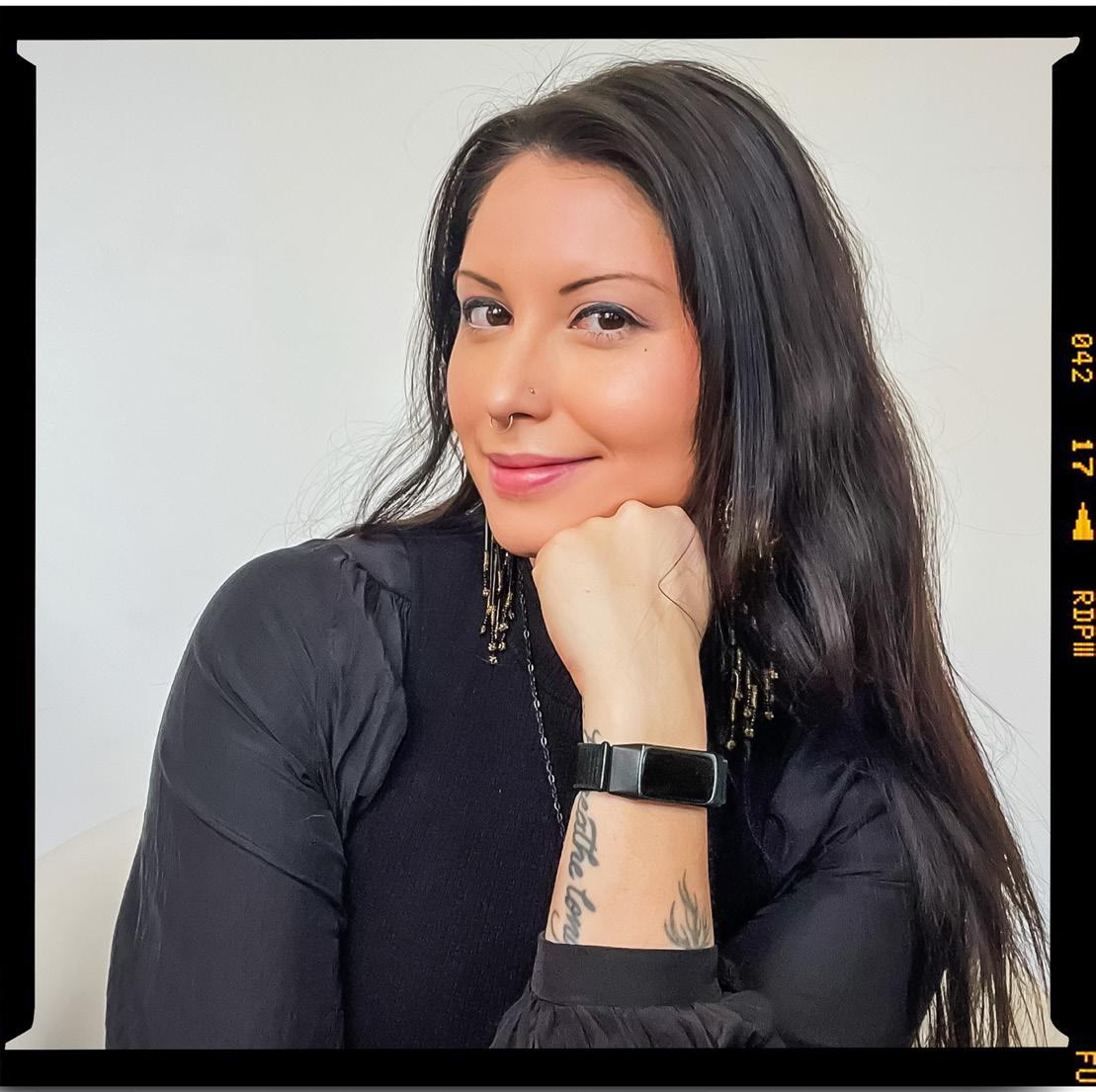
A few years ago, I explored a rhetorical rant that evolved into a theoretical and conceptual discussion on the ways in which Indigenous children are disabled by a myriad of social systems. I explored how such conceptualizations discount Indigenous understandings of difference in an academic paper I authored, “Disability as a Colonial Construct: The Missing Discourse of Culture in Conceptualizations of Indigenous Children.”
My research delves into how disability has been constructed, shaped, and framed by colonial powers; highlighting how disability has traditionally been used as a tool to oppress and perpetuate
I think it’s important to consider how pre-colonial societies conceptualized, and actively supported, disabled peoples. In addition, it’s essential to study the ways that disability discrimination manifests in pre- and post-colonial contexts.
What extent has an imperialist mentality of colonialism, and white supremacy, been responsible for disabling Indigenous Peoples?
How can we use pre-colonial methods of accommodating, and supporting, disabled members of our communities to develop inclusive societies free from exclusionary practices?
How can we as Indigenous Peoples reject deficit-based narratives of disability that have been imposed on us, and
18 KCI-NIWESQ
An Indigenous researcher and educator shares why she thinks “disability” is a colonial concept.
opinion
Pictured: Nicole Ineese-Nash Photo credit: Nicole Ineese-Nash
instead focus on the strengths, capabilities, and rights of disabled people?



I implore everyone to consider these questions and the ways in which we have upheld colonial rhetorics of hierarchical and exclusionary power structures. May we all strive for a more inclusive way of living, aligning meaningfully with our traditional Indigenous understandings of collectivity and respect.
As Indigenous Peoples, we must recognize oppressive impacts of colonization on all of us and dismantle those systems. Decolonizing our perceptions of disability requires recognition of how colonialism has employed disability as a construct for harm, division, and exclusion.
We must seek out and practise traditional cultural conceptualizations of human diversity and inclusion. Impairment, difference, and disability are part of human variation, rather than something abnormal or shameful that needs rectifying.












Our disabled community members are gifts to us—they teach us how to care for one another and our world in new and diverse ways. Through our collective power as Indigenous Peoples, we can create societies that value both Indigeneity and disability as sacred and valuable intersectional identities.
Our communities need us not only to reconceptualize what we think about disability, but also how we support and include those who experience oppression and exclusion on the basis of difference. We also need systems of care and support rooted in Indigenous ways of knowing to promote healing, wellness, and positive outcomes for Indigenous Peoples living with disabilities.
Tribes, Nations, and Indigenous organizations are finding innovative ways to shift efforts from repairing broken systems to building new systems that make space for all community members. We’re recognizing a need for tribalspecific laws and policies and for investing in culturally relevant disability services for our people.
We’re listening to disabled community members leading the charge to inform these efforts with their lived experiences and wisdom. Let us continue to orient our systems to value all human life as sacred and to foster communities of care, inclusion, and mutual support.
Let us continue to be an example of inclusion that can inform Canadian society more broadly.
Native Women’s Association of Canada 19
Miigwetch, Nicole Ineese-Nash
Indigenous Peoples with disabilities
Indigenous Peoples with disabilities
Indigenous Women living with disabilities face enormous hurdles in colonial systems, leading to further marginalization. We sat down with three women who shared their stories of struggles and hope.
Due to added elements of intersectionality, Indigenous Women face enormous hurdles in living with mental and physical disabilities, which creates further obstacles to maneuver in colonial systems.

Indigenous Women, Girls, Two-Spirit, Transgender, and GenderDiverse+ (WG2STGD+) Peoples are already born with at least two categories of disadvantage in colonial systems: being Indigenous, and being a woman or gender-diverse+ person. In addition to those, greater populations of Indigenous Peoples struggle with mental and physical disabilities—many as a result of colonial systems, including residential schools. These cause further marginalization beyond the racism and sexism often endured by Indigenous WG2STGD+ Peoples.
We sat down with three Indigenous women living with disabilities. Each woman is walking a different life path, but they all face multiple
levels of intersectionality that has led to a multitude of learning curves in which to maneuver. Their diagnoses range from mobility to emotional to mental challenges.
Though each woman shares her own journey and struggles, a few common themes can be drawn. There is a huge lack of resources and support across all levels of disabilities; untreated and/or undiagnosed disabilities often result in multiple diagnoses; and colonial systems continue to cause further oppression for Indigenous WG2STGD+ Peoples.
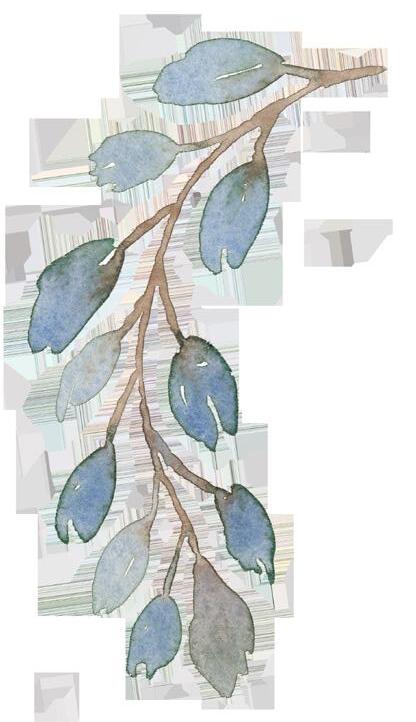
Q: How would you describe your disability?
A: “I was diagnosed with PTSD and anxiety in 2009 because of intergenerational trauma. I’ve been in therapy for over 10 years and it’s a daily struggle,” Michelle Soto says.
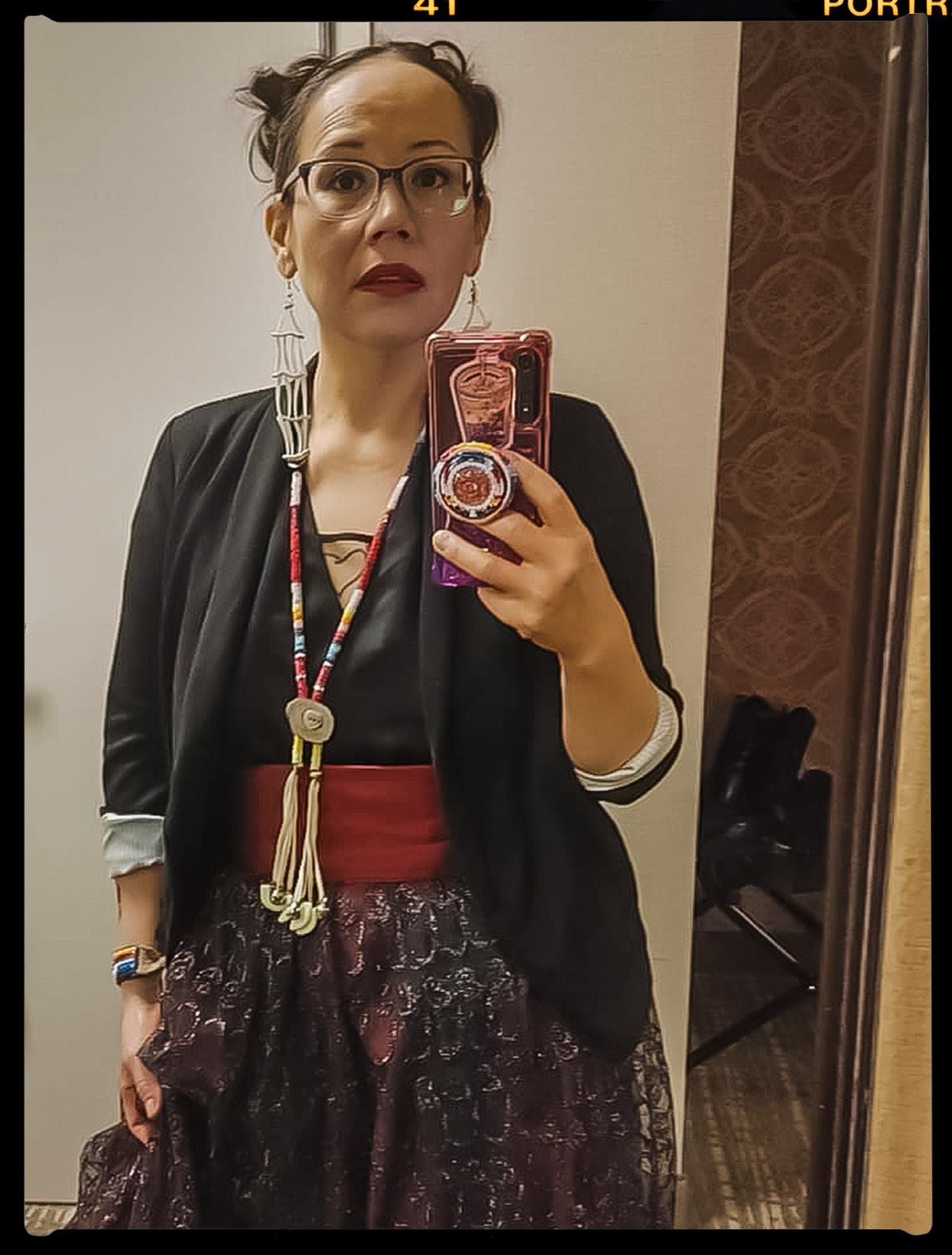
20 KCI-NIWESQ
Pictured: Michelle Soto
Michelle Soto
(she/her) Red Deer, Alta.
Michelle Soto is Woodland Cree and of Dene Tha First Nation. She is from Sturgeon Lake Cree Nation, in Alberta. Her Cree name is Red Yellow Eagle Woman/Mihkwâ Osâwâw Kihew Iskwew.
She received her diagnoses shortly after becoming a mother, 14 years ago. It was during this time that triggering memories of her childhood and family traumas started to resurface.

Ms. Soto and her family share strong, ancestorial spirituality and gifts. However, for Ms. Soto, balancing trauma, spirituality, diagnoses, and self-care has posed unique challenges for her.
“I have very sensitive, spiritual gifts. So, that, in conjunction of what I went through, only increases those gifts as a means to survival,” she says.
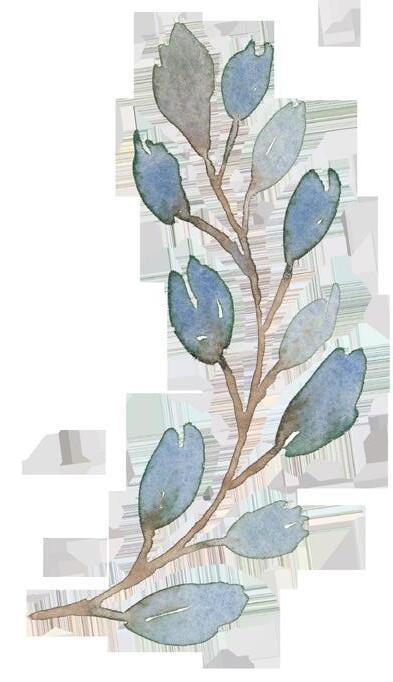
She adds that being a descendent of residential school survivors on both sides of her family has had significant impacts on her journey. “Ancestral gifts are also inherited, which is why I have that resiliency; because I have that strong connection bestowed upon me through ceremony and my family. When things get hard, it’s what gets me through everything—my relationship with the Creator and the ancestors.”
Q: Please describe some of the barriers and/or challenges you have faced being an Indigenous Woman living with a disability.
A: “I don’t openly tell people about my history, family, or disabilities. Because, they see me as a liability,” she says. “I don’t strive to focus on victim mentality, even though I’ve gone through horrendous horrible things.”
Though Ms. Soto faces multiple barriers for her history, family, background, and Identity, she continues to carry a positive
attitude. She chooses not to openly disclose her disabilities and diagnoses due to fear of discrimination. Instead, she strives to live a full and positive life to honour the life the
“We’ve been colonized for so long, that there isn’t enough representation that is actually adequate and culturally appropriate,” Ms. Soto says, adding this is another large barrier due to colonization. “We don’t have enough representation of what we are. I feel sorry for society because they haven’t understood our realities and what we go through. It’s like living in that fight or flight.”
Q: What can Canada, and our communities, do to create a more inclusive and welcoming environment for Indigenous Women with disabilities?
A: “I don’t like to be censored,” Ms. Soto explains. She feels particularly censored by those who do not understand her generation, disabilities, or lived experiences. She says she finds people, to put me in a position where I have to be cautious of what to say because they’re not comfortable with it yet.”
Being inclusive means allowing all people to express their unique diversities, lived experiences, and views, in safe and inclusive spaces. Canada needs to create further education and training so these spaces can be inclusive for Indigenous women with disabilities.
Being a Two-Spirit Indigenous woman with disabilities has resulted in Ms. Soto being discriminated against by those who do not have adequate training, knowledge, or experience of people with beliefs and lived experiences different from their own. Ms. Soto believes that to create a more inclusive and welcoming environment, all leaders, Elders, and HR departments should receive training to better understand how to work with people from varying generations and cultural backgrounds.
Q: What do you think needs to change to ensure Indigenous Women with disabilities have equal representation in decisionmaking that affects them?
“These younger generations, these young women, they need role models who are like themselves,” Ms. Soto says. “We need to
She says it’s important to allow Indigenous Women with disabilities to have better representation across all platforms in Canada. Doing so will acknowledge their resiliency, while also honouring their humanity.
Ms. Soto says there’s a need for more safe spaces where survivors can share their stories without judgment or competition. In addition to that, she says it’s important to normalize emotions, struggles, and mental health, allowing people to feel safe, supported, and inclusive in expressing their feelings and struggles.
“We are so conditioned to normalize our disentanglement, and our authentic selves, and our emotions, so much so that now we’re even confused to cry. That shouldn’t be happening,” says Ms. Soto.




Q: What is a piece of advice you’d offer an ally looking to support an Indigenous Woman with disabilities, but doesn’t know how?
A: Ultimately, people want to be seen, heard, and supported, Ms. Soto explains. Her advice is to be a safe space for Indigenous Women with disabilities to come to, or just know that they have someone in their corner as an ally. Allow them to express their emotions authentically and form meaningful connections without judgment or discrimination.
“I do not want to be remembered for being an infant child sexual assault survivor. I don’t want to be remembered as being beaten, or by my mom being an addict,” says Ms. Soto. “I want to be known for the accomplishments, or my joy in life. For playing, for being a healthy role model, for exercising. I also want to be recognized and honoured for my journey, because it really made me who I am.”
Native Women’s Association of Canada 21 LOREM IPSUM DOLOR SIT AMET
Indigenous Peoples with disabilities
Q: Please describe some of the barriers and/or challenges you have faced being an Indigenous Woman living with a disability.
A: “I didn’t understand the resources that were out there. And I didn’t know how to access them,” Ms. Cada says. “You just wonder, ‘What the hell is wrong with me? I know something’s wrong with me.’ When you’re in it, you don’t know. You just do. You don’t think, you just get by.”
Being able to find, access, and utilize resources for mental health services was one of the biggest struggles for Ms. Cada. Another difficult barrier she faced was being an off-reserve member who couldn’t access on-reserve supports. Even though she lived on the reserve for a time during her struggles, she wasn’t “raised on the reserve” and therefore, “wasn’t aware of the resources” available there.

“It’s like, once you move off a First Nation, you’re cut off,” she says. “You’re kind of just left out in the cold, left to I guess, forage on your own for your own services out there, because on reserve resources are no longer accessible.


“So, last time I left my reserve, I left when I was in the middle of a crisis. I just up and left. There was no planning. No foresight,” Ms. Cada explains.
Despite these barriers and facing emotional turmoil and suicidal thoughts, Ms. Cada was able to receive treatment from a doctor who provided resources to help her cope with her conditions and set her on a path to wellness and healing.
Q: What can Canada, and our communities, do to create a more inclusive and welcoming environment for Indigenous Women with disabilities?
Q: How would you describe your disability?
A: “I was diagnosed by a psychiatrist. I have depression, borderline personality disorder, trauma, PTSD, and anxiety,” says Ms. Cada. “I started having panic attacks when I was working at a Cash Corner, and things kind of just spiralled from there.”
Ms. Cada received her diagnoses about eight years ago, but battled with undiagnosed mental health struggles for a number of years before that.
“I talked to a doctor. I got admitted to a hospital. I didn’t like it, but I did it. It was the best thing that happened to me because, you know, they regulated me. I got put on prescriptions and I was made to understand what was happening to me,” said Ms. Cada. “I was given the resources to cope with it and I’ve been doing good for the last four years now.”
Since then, she has been unable to work and has been reliant on ODSP. However, has = her income with side jobs and a home business.
A: “Mental health is like, everything,” Ms. Cada says. Early intervention, sharing of resources, and wider access to services is crucial to create inclusive and safe environments for Indigenous women living with disabilities.
“For me, it started in the summer of eighth grade. And, if I would have been able to recognize it [I might not have started] drinking. Which is why I say, you got to try to get to kids when they’re young,” she says. Mental health services is an essential service, she adds. Providing these essential resources to children in safe, neutral, locations, such as in school, could allow children to speak more openly about their mental health struggles and become more inclusive at an even younger age.
Ms. Cada suggests introducing mental health services as early as primary grades in elementary school. Being proactive would help to reduce low self-esteem and address ignorance, and hopefully which she hopes would prevent major mental health crises later in life, as she experienced.
22 KCI-NIWESQ
Annette Cada (she/her) St. Catherines, Ont.
Pictured: Annette Cada
Q: What do you think needs to change to ensure Indigenous Women with disabilities have equal representation in decision-making that affects them?
A: There needs to be a more conscious effort made to connect resources and services with Indigenous Women, Girls, Two-Spirit, Transgender, and Gender-Diverse+ Peoples, Ms. Cada explains. Support is out there, but it’s not straightforward to find or easily accessible.
“They don’t really, actively seek out [Indigenous] women to say, ‘Hey, is there anything that we can do for you? What services would you like us to provide?’” Ms. Cada says. “I know a lot of other [Indigenous] women, like my daughter, she wasn’t made aware of many resources. There’s just no in-your-face [advertising].”
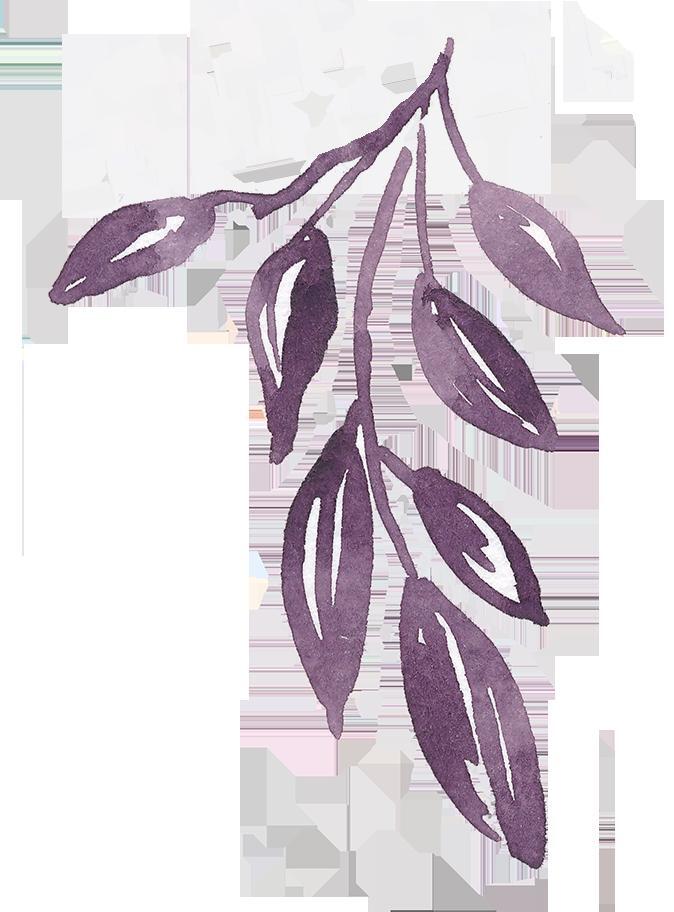
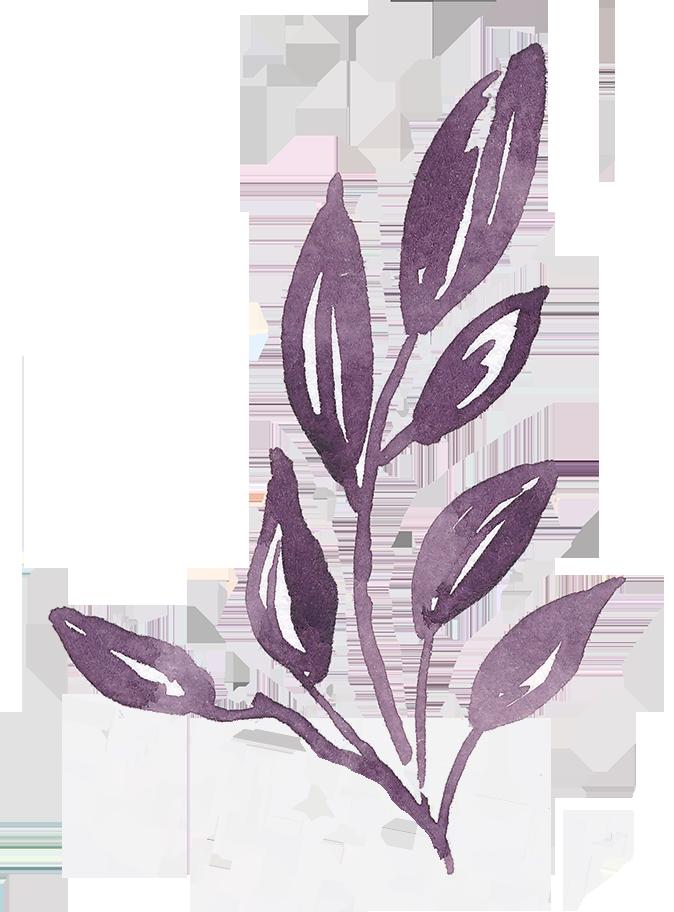
Marketing, Ms. Cada says, needs to happen in a more engaging and intentional way —”advertising where people are actually going to be, instead of making them go look for it.”
Another important way for Indigenous Women to have equal representation, is to support and “validate” them and their contributions, adds Ms. Cada. This will also help boost self-esteem, giving them the confidence to speak out against wrongdoings and speak up for what they believe.
Q: What is a piece of advice you’d offer an ally looking to support an Indigenous Woman with disabilities, but doesn’t know how?
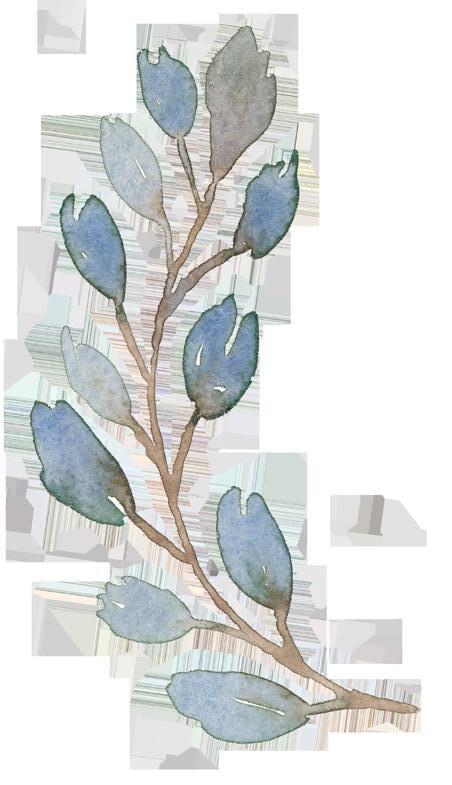
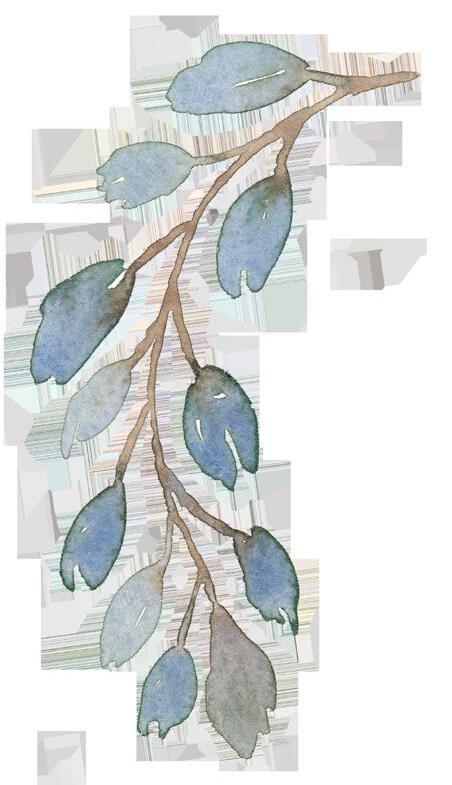
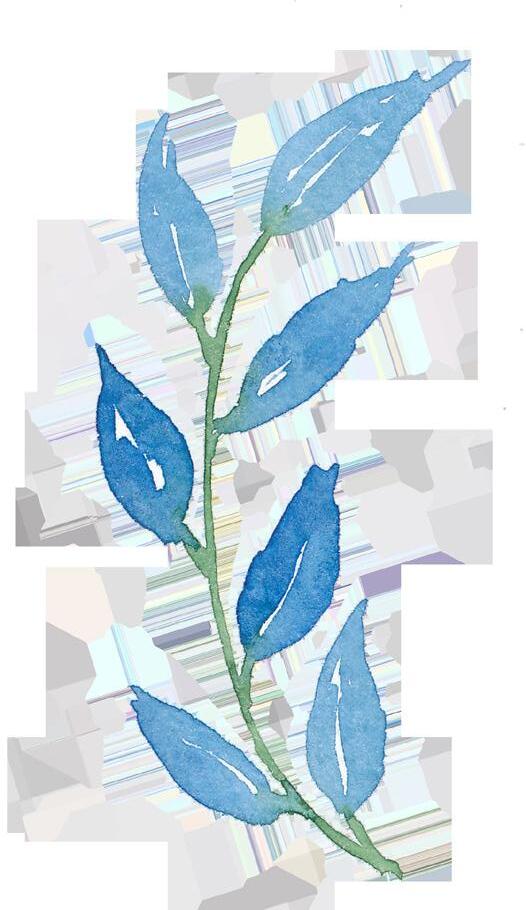
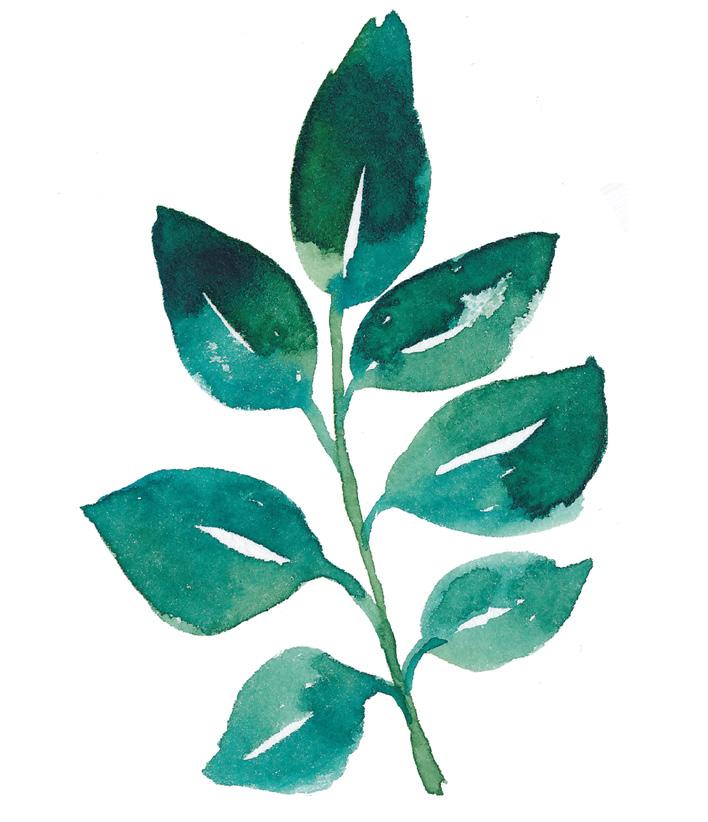
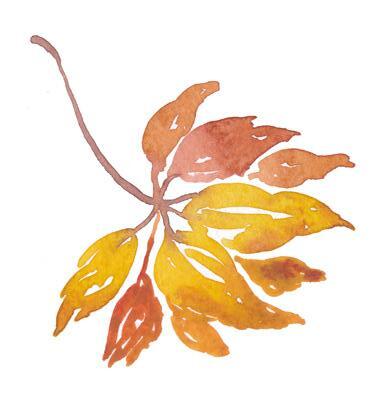
A: Ultimately, Ms. Cada suggests spending time with Indigenous Women. Build relationships, earn trust, show respect, and listen.
“I would say you have to gain their trust. You have to show respect. You cannot be too pushy,” Ms. Cada says. “You have
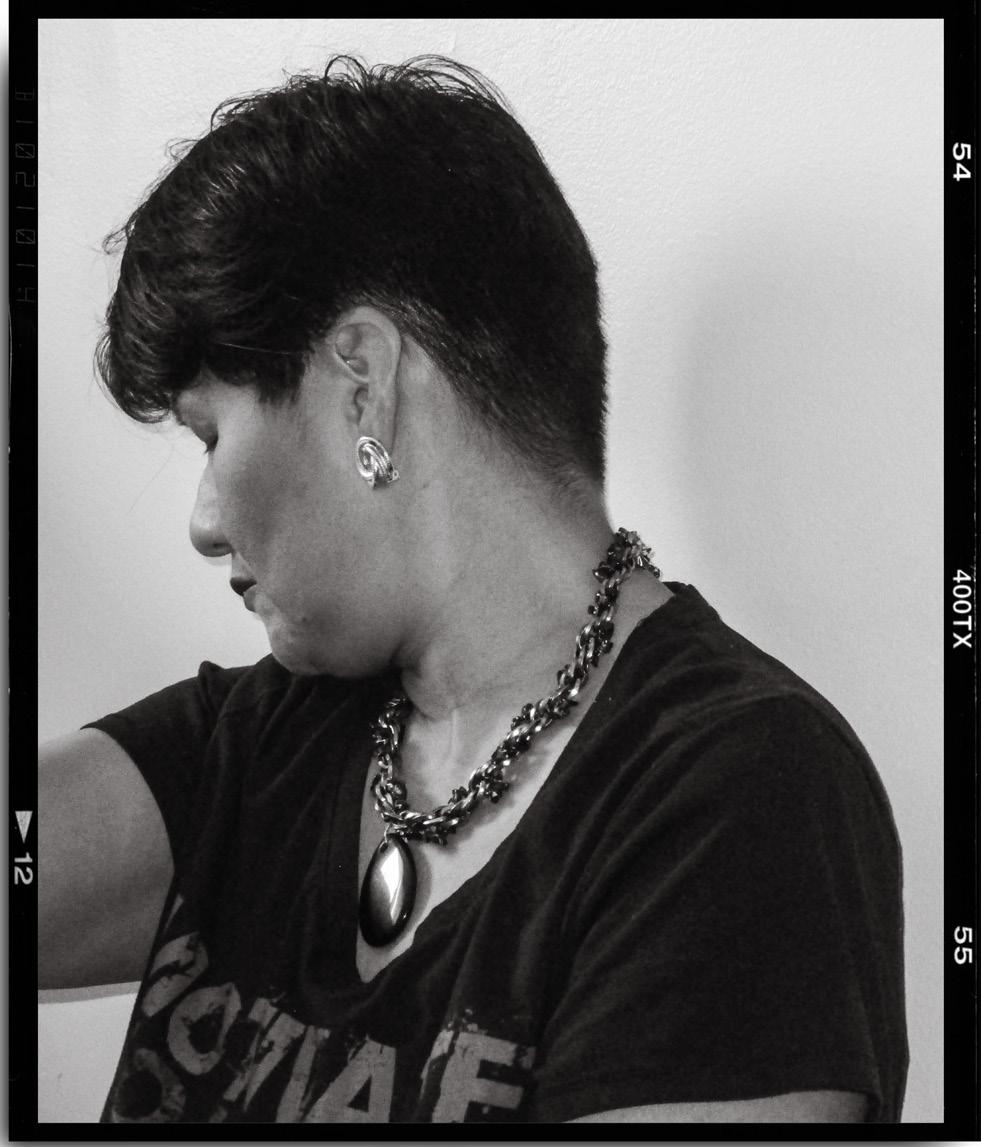


to learn how to read between the lines because, what I’ve noticed, is they don’t usually ask for help.”
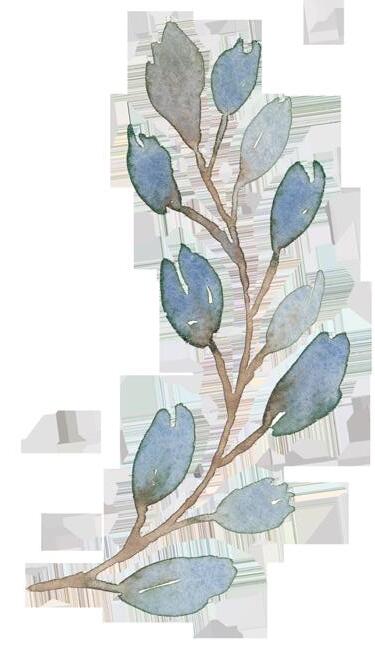

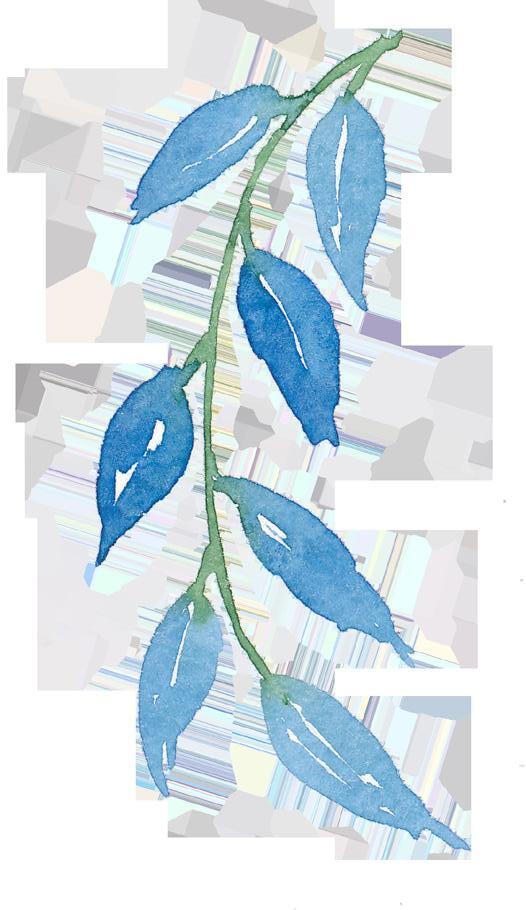
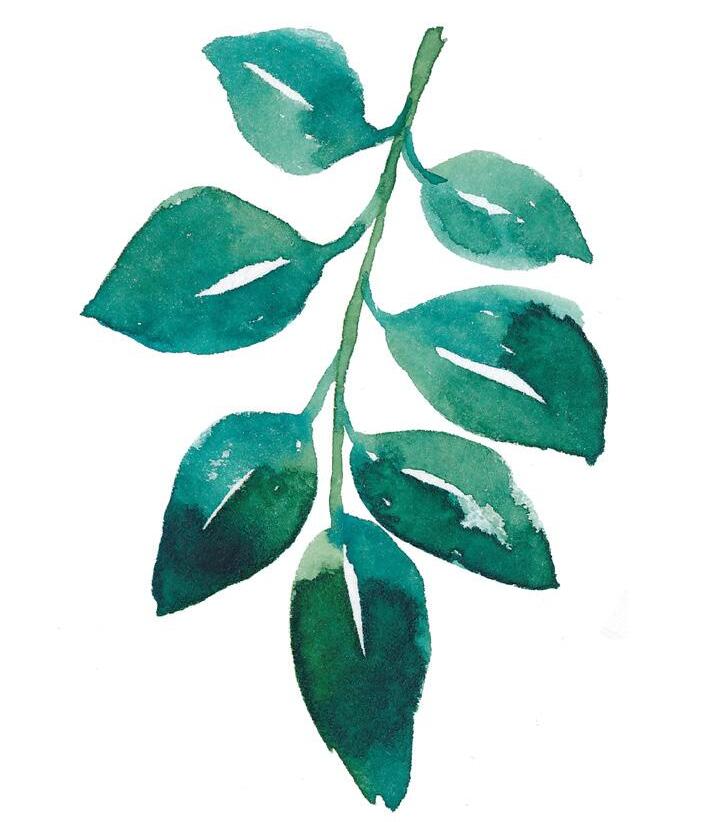

She explains how once you get to know a person, you can understand what they’re asking for “on a deeper level” without that person ever having to “say it out loud.” Sometimes her family would “say something that’s totally absurd, but to you it makes sense,” once that relationship has had time to flourish.
“You have to get to know the women. You have to, like, study their body language, the way they talk,” says Ms. Cada. “It’s hard work. And it takes a lot of people.”
Native Women’s Association of Canada 23
I didn’t know I had low self-esteem. I didn’t know that I was ignorant. I didn’t know that there was a great big, huge world out there that I could access. I didn’t know I was worthy.
- Annette Cada , diagnosed with depression, PTSD, anxiety, and borderline personality disorder
Pictured: Annette Cada
Judith Cure
(she/her)
Indigenous Peoples with disabilities
Q: How would you describe your disability?
A: At the age of 25, Judith Cure woke up with sore shoulders. Thinking she slept funny, she brushed it off. Two weeks later, the pain had spread throughout her entire body. What came next was a diagnosis for rheumatoid arthritis.

“I couldn’t move. I could barely walk,” Ms. Cure describes. It particularly paralyzes mobility in her hands, feet, knees, and ankles.
“It takes the place of my muscles, so I don’t have strength in my hands or arms anymore. I have a hard time opening things. Opening bottles is almost impossible,” she says.
“I’ve adapted ways to get around things,” Ms. Cure explains. “It’s easier for me to walk backward downstairs than it is to go forward. It’s just less pressure on my knees.”

More recently, after the sudden passing of her wife, Ms. Cure developed debilitating bouts of anxiety. “Basically, I was a hermit for about four years. I rarely would see family and stuff. When COVID hit, it was like nothing changed for me,” Ms. Cure says. Her anxiety has been slowly starting to dissipate, and she is
starting to be able to socialize and drive again.
Q: Please describe some of the barriers and/or challenges you have faced being an Indigenous Woman living with a disability.
A: There are several barriers that Ms. Cure faces in her day-to-day life, many of which stem from poor mobility.
“I’ve really been trying to learn our culture and medicines. But physically, I can’t go out and collect them. And then to process them, you have to grind some of them and stuff. It’s really hard on my wrists,” Ms. Cure explains.
However, foraging and gathering isn’t the only way Ms. Cure struggles in supplementing food and medicines. Being on ODSP, and living in Lytton which is recovering from a destructive fire that took place on June 30, 2021, means Ms. Cure must travel hours for groceries, medicines, and basic needs.
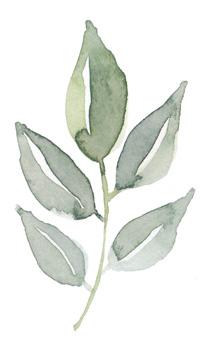
“Shopping by myself is really, really hard. It takes all day because I’m slow,” she says. “Then, the nearest city from us is two hours away. I have to travel two hours to make my money worth it. And it’s hard on my body to drive that long.”
Being on disability, on reserve, provided Ms. Cure with about

$430 a month prior to COVID-19, at which point her ODSP payments increased to $607 monthly. This makes travelling to the city for more reasonably priced groceries essential.
Q: What can Canada, and our communities, do to create a more inclusive and welcoming environment for Indigenous Women with disabilities?
A: To be more inclusive to Indigenous Women with disabilities, there needs to be more recognition of the achievements and triumphs these women have overcome.
“Highlighting successful Indigenous Women that do have disabilities because, I think, people unconsciously think they can’t do things as well,” Ms. Cure says.
Breaking stereotypes, and increasing representation of Indigenous Women with disabilities in the media, will go a long way. The ultimate goal is to treat all people as equals and not view people with disabilities as lesser than, she adds.
“Showing that they’re just that; they’re just people,” said Ms. Cure.
Q: What do you think needs to change to ensure Indigenous Women with disabilities have
24 KCI-NIWESQ
- Judith Cure, diagnosed with rheumatoid arthritis, and anxiety.
Lytton, B.C. Showing that they’re just that; they’re just people.
- Judith Cure
equal representation in decisionmaking that affects them?
A: “More accessible Zoom meetings so you can [be] connected, no matter where you are, or what your abilities may be,” Ms. Cure says. “We have a lot of small communities, and we can’t travel to go to meetings to have our say.”
In a way, for Ms. Cure, COVID was a blessing in disguise in that it opened up communication tools more broadly. She says it’s important to keep continuing down this road of accessible, virtual communications to be inclusive to all people.




“I was a hermit, right? There are a lot of people that are like me. For me, being able to join a zoom call, and not have to deal with the people but still have my say, was a big thing,” Ms. Cure says.
Q: What is a piece of advice you’d offer an ally looking to support an Indigenous Woman with disabilities, but doesn’t know how?








A: “Communication is the biggest one. Ask them: How can I help you? Is there anything I can do?”
It seems simple, and I guess it is, Ms. Cure says. Open communication and being genuine in your offerings.
“Making sure that everyone has somebody that they can go to and say, ‘Okay, this is what is happening, or this is what I need,’” Ms. Cure says.
In addition, assisting Indigenous Women with disabilities to access and utilize resources available to them.
“I can’t type. And I tried writing with a pen again, and I can’t write very long. My hands have forgotten how to do it, and it’s very difficult,” Ms. Cure says.
Having someone offer to assist in simple, daily tasks that are complicated and inaccessible for those living with disabilities can make all the difference, she explains.
“Accessibility and communication, I think, are the biggest ways to support people,” Ms. Cure says.


Native Women’s Association of Canada 25
I want to be able to go do something, but physically, it’s so hard to do anything.
Pictured: Judith Cure
BCANDS
The push to have all governments recognize November as Indigenous Disability Awareness Month
An undertaking to have all governments recognize November as Indigenous Disability Awareness Month across Canada is gaining recognition and, in turn, filling gaps for inclusivity and services for Indigenous Peoples living with disabilities.
Indigenous Disability Awareness Month (IDAM) first began in B.C. due to a lack of priority given to Indigenous People living with disabilities, but the recognition hasn’t come without pushback.
The British Columbia Aboriginal Network on Disability Society (BCANDS) declared November as IDAM in 2015, which has slowly gained momentum across the country and internationally. Neil Belanger, BCANDS CEO, who launched the project, continues to be involved.
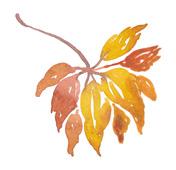
“We approached the provincial government, here in British Columbia. I wouldn’t say we had an overwhelmingly welcoming response for a month, at first,” says Mr. Belanger.
When it was suggested to him that the initiative be granted a day, or a week, he responded with “No. This is a priority. This is a very important area. It deserves the respect of a month.”
The Province of Saskatchewan followed suit in 2016, followed again by Manitoba. In 2017, the United Nations International Committee on the Rights of Persons with Disabilities recommended that Canada officially declare November as IDAM. While Canada as a whole has not yet embraced the initiative, hundreds of other organizations have;,including the Assembly of First Nations, B.C. First Nations Summit, Métis Nations of B.C., Council of Yukon First Nations, Town of Inuvik, and the City of Ottawa.
“It’s often easier to step away, as opposed to go in there embracing it. But many have. The hardest part for many non-Indigenous organizations has been stepping forward,





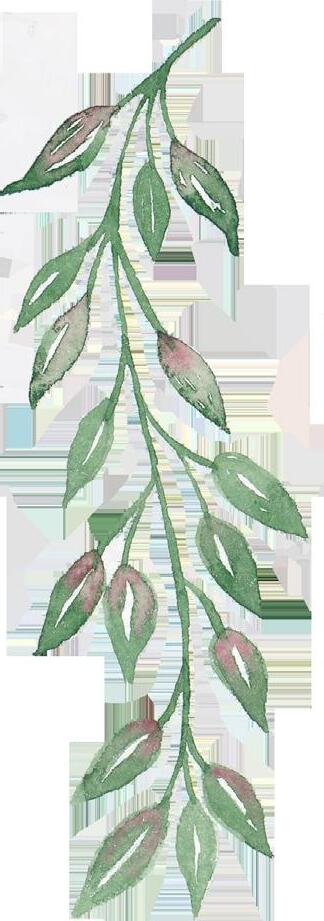
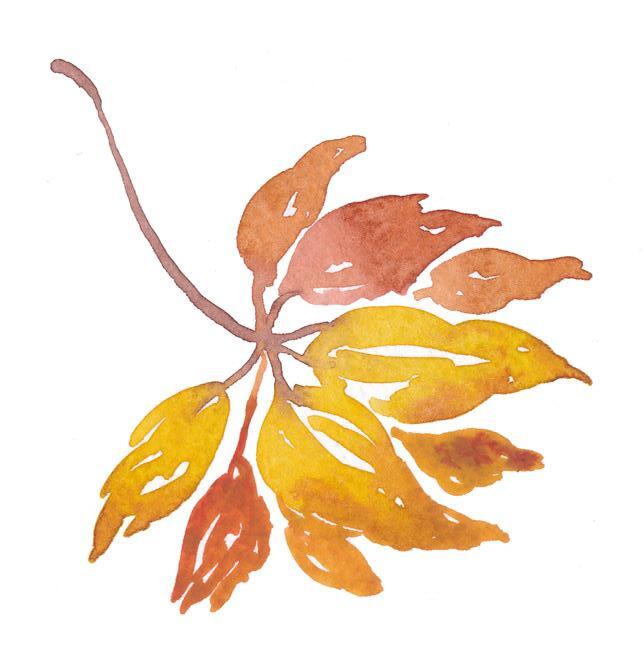

but many have been very supportive,” Mr. Belanger says.
Not supporting IDAM simply doesn’t make sense to Mr. Belanger. BCANDS is not about asking for monetary support, or for any particular events to be held. It’s about having provinces, territories, and the federal government declare November as IDAM to bring recognition and awareness to the monumental gaps in services for Indigenous People living with disabilities.
“I don’t know what the reluctance is because we’re not asking for any financial support or recognition. So, to me, it’s like, ‘Well, why wouldn’t we?’ I guess from the political side, there may be other agendas or other risks that they perceive,” Mr. Belanger says.
“Our intention was never to seek out money. It was never to say, ‘Now that you’ve declared it, give us a million bucks’ or anything like that. We’d like to see that happen. But our intention was only to raise awareness and foster new partnerships and collaborations, and eventually—because of that awareness raising and the identification of these priorities and the barriers that the people we serve face—that governments would say, ‘Hey, this is a priority’.”
A number of provinces have yet to step up, as well as the country on a national level.
The goal then, and now, is to raise awareness of the issues that Indigenous Peoples living with disabilities face, along with prioritizing the development of inclusive programs and services, emphasizing successes, and increasing opportunities.
“Highlight the barriers, but again, highlight the importance of the things they do in the
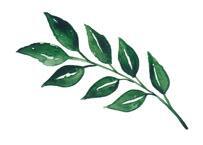
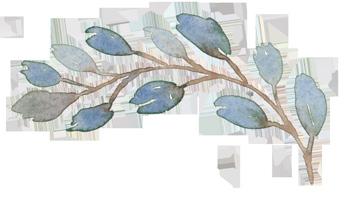
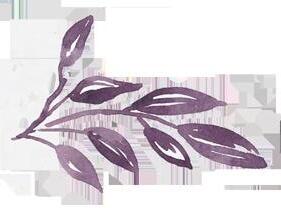


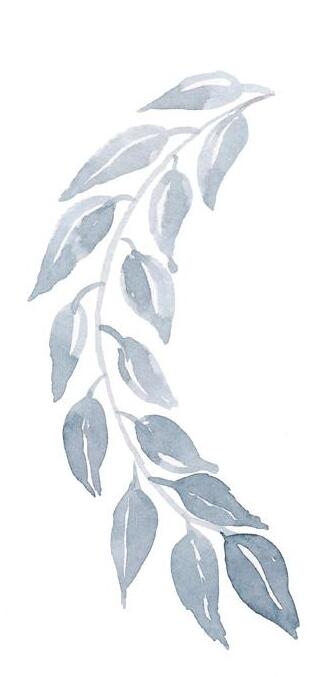
26 KCI-NIWESQ
















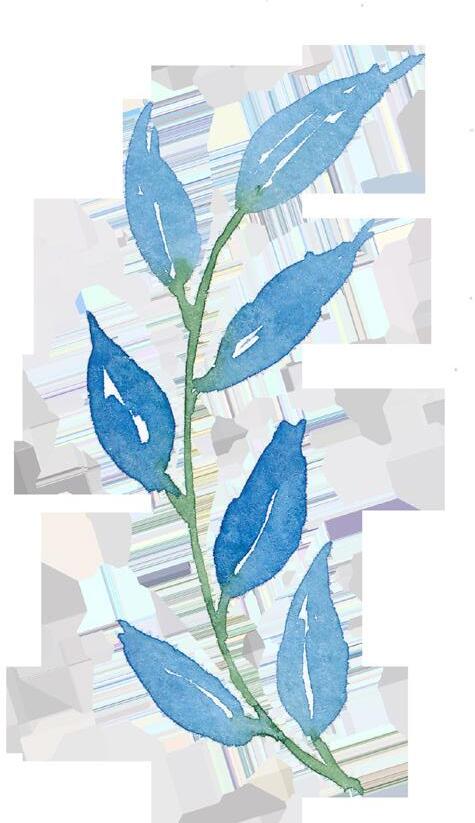
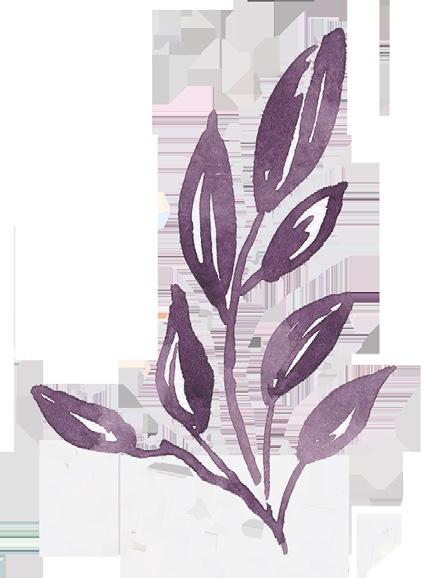

Native Women’s Association of Canada 27
Photo: BCANDS team members Adrien Castle, Raylene McCreat, and Paisley Pelletier
community. Whether they’re an Elder, a mentor, an employee, a brother, a sister, a mother, a father, the contributions that they Indigenous Peoples with disabilities bring are essential to all of our communities,” Mr. Belanger says. “That’s how we’re going to break down all the barriers, and we’ve seen that happening. But, there’s a hell of a lot of work to do still.”
Mr. Belanger says his goal is to have IDAM recognized by Canada, and he is confident that day will come.

“It is my main goal to have it recognized nationally. I want all the provinces and territories to as well, because we have to keep Indigenous People with disabilities at the forefront,” Mr. Belanger says. “It’ll pass one day. It’ll be a national observance in Canada.” There’s a huge lack of knowledge about the barriers that Indigenous Peoples with disabilities face, as well as which jurisdictions these supports and services fall within.
“People just didn’t know about Indigenous disability. They didn’t think it was their mandate. So basically, it got ignored,” Mr. Belanger says. “People didn’t know how to engage, and they didn’t want to engage. ‘Use your own systems.’ We’ve heard that a lot.”

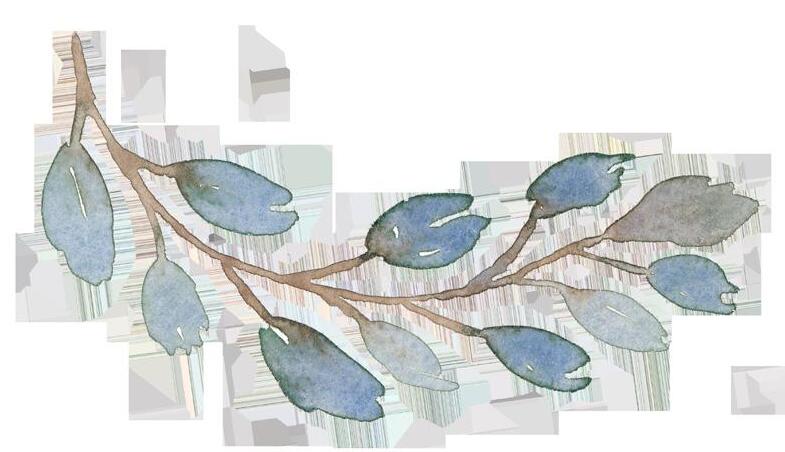


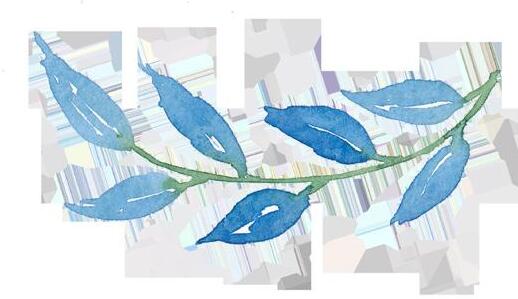
There is a “lack of real awareness and priority of Indigenous disability from all levels of government—provincial, territorial, federal governments—and even within the disability community itself,” Mr. Belanger adds.



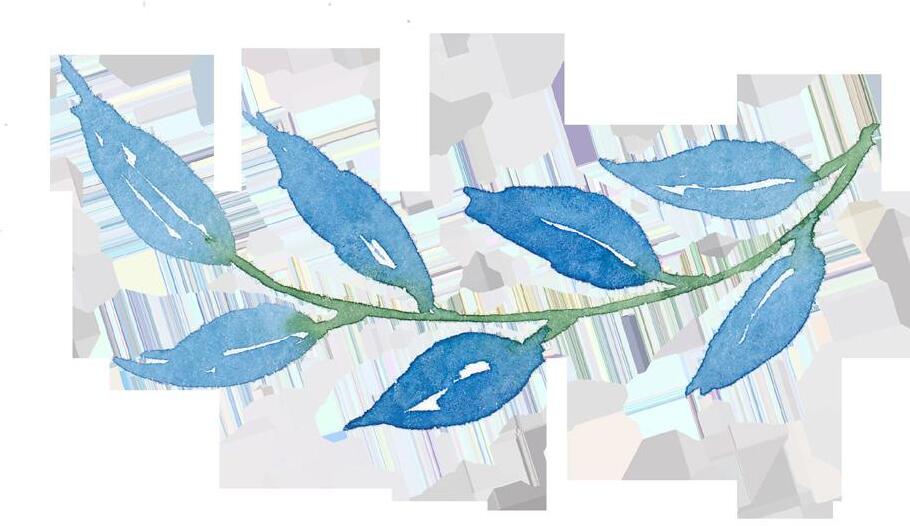


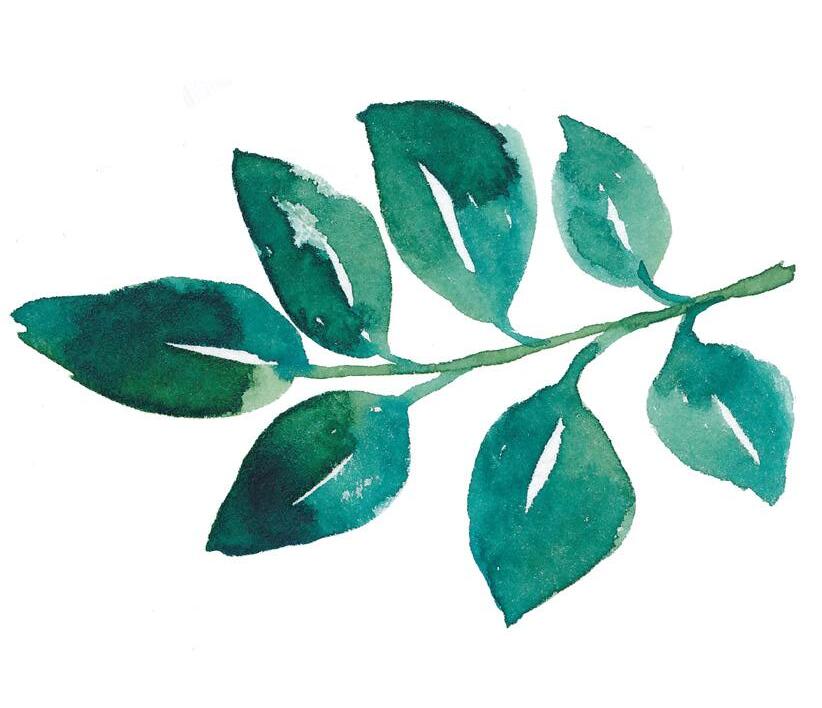



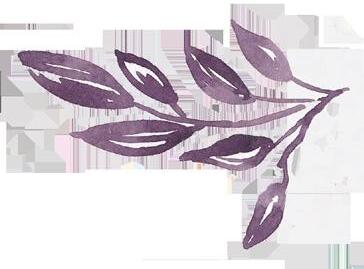



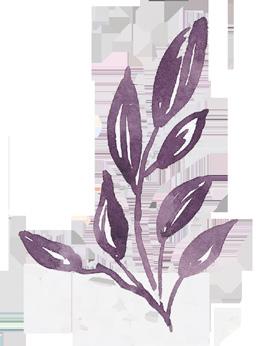
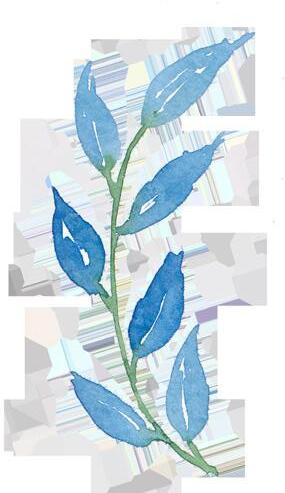
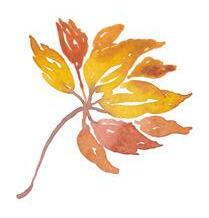
Instead of inclusivity being the norm, adapting to disadvantages is the norm for most Indigenous Peoples living with disabilities. Mr. Belanger says this mindset needs to shift.
“Unfortunately, with all the other priorities, disability oftentimes falls to the bottom rung, even within our own communities. People learn to adapt,” he says. “[Indigenous Peoples] have higher rates of poverty, we have higher rates of disability. So it’s important that this is at the forefront and that it’s on the minds of Canadians— Indigenous and non-Indigenous—so we can move forward.”
Source: https://macleans.ca/politics/ottawa/carla-qualtrough-hopedcanada-would-embrace-ottawas-risk-taking-liberals-did-it-work/

 Photo: Minister Carla Qualtrough
Photo: Minister Carla Qualtrough
28 KCI-NIWESQ
Whether they’re an Elder, a mentor, an employee, a brother, a sister, a mother, a father, the contributions that Indigenous Peoples with disabilities bring are essential to all of our communities.
- Neil Belanger
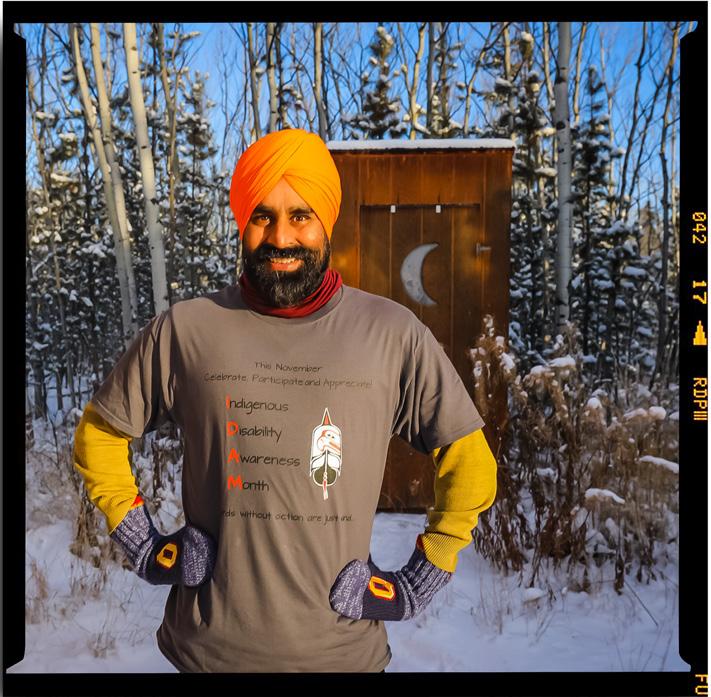

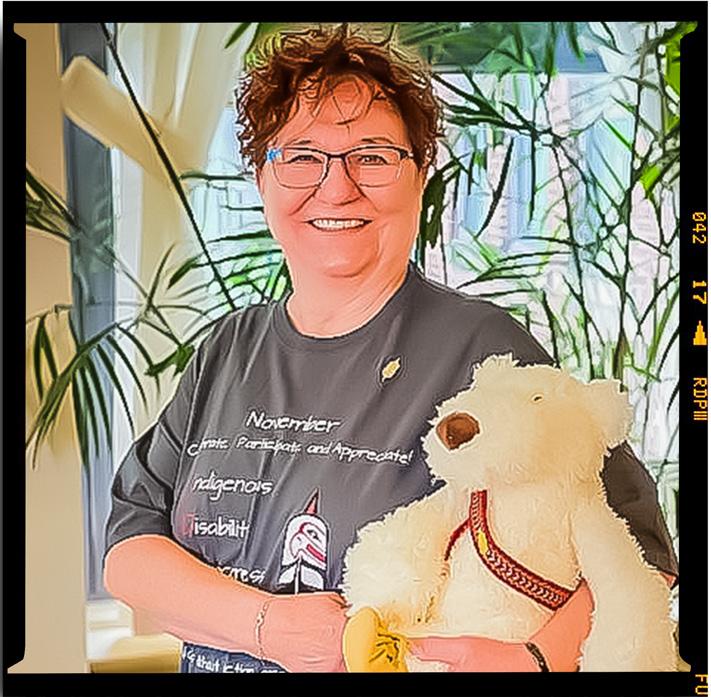
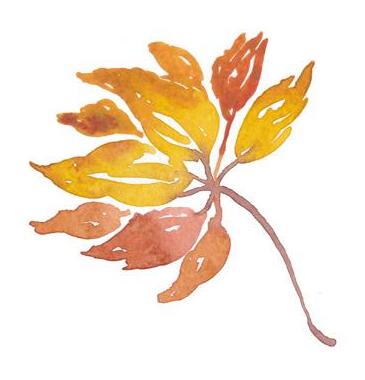
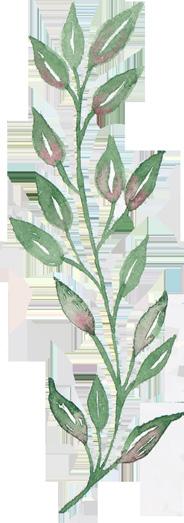



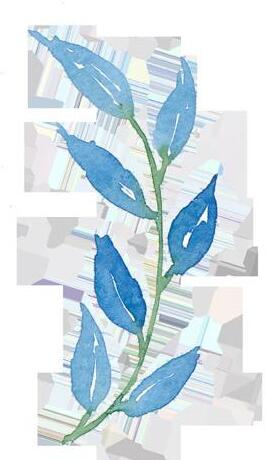



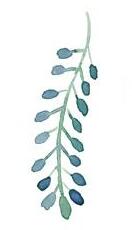
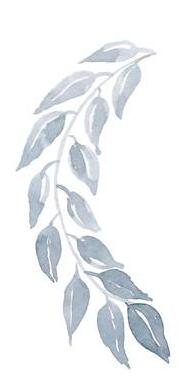

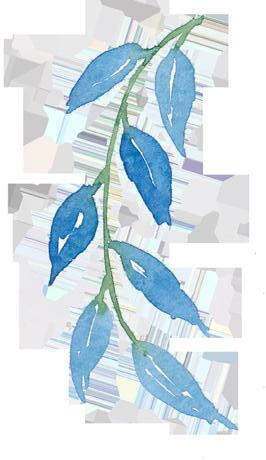





 Photo: top Gurdeep Pandher of the North middle Senator
Kim
Photo: top Gurdeep Pandher of the North middle Senator
Kim
Native Women’s Association of Canada 29
Pate bottom Senator Yvonne Boyer
The many barriers faced by Indigenous WG2STGD+ Peoples with disabilities


Ongoing impacts of colonization, coupled with a need for a gendered approach, are main takeaways in a UN report describing significant barriers faced by Indigenous WG2STGD+ Peoples with disabilities.
Significant barriers, and a disconnect between Western and Indigenous knowledge systems, were concerns at the forefront of a recent report exploring supports and services for Indigenous People living with disabilities.

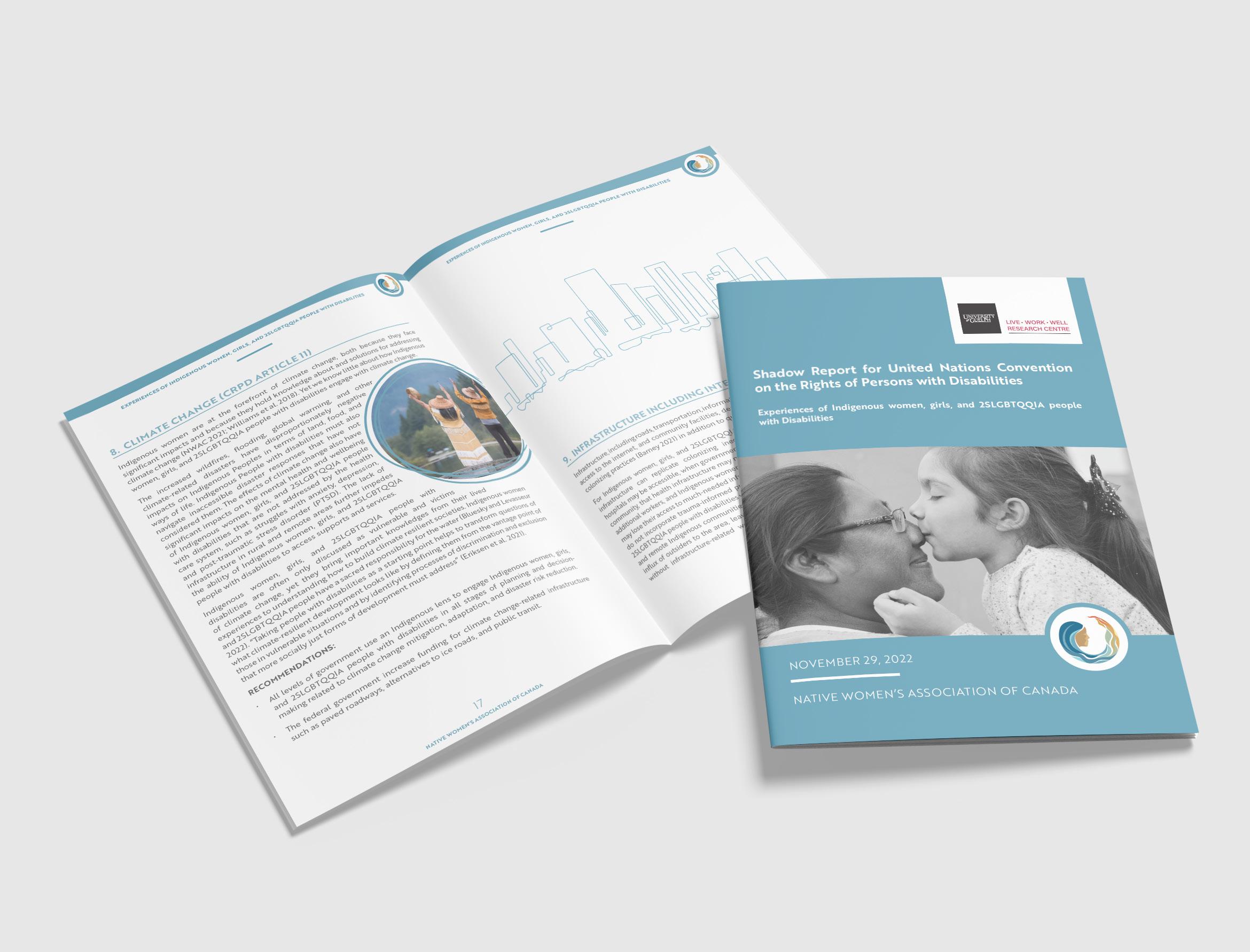
A shadow report, published by the University of Guelph, delved into the ongoing impacts of colonization faced by Indigenous Women, Girls, Two-Spirit, Transgender, and Gender-Diverse+ (WG2STGD+) Peoples with disabilities, which included contributions from the Native Women’s Association of Canada (NWAC). Barriers were explored through 17 key issues of concern, including housing, education, climate change, food insecurity, infrastructure, and discrimination.
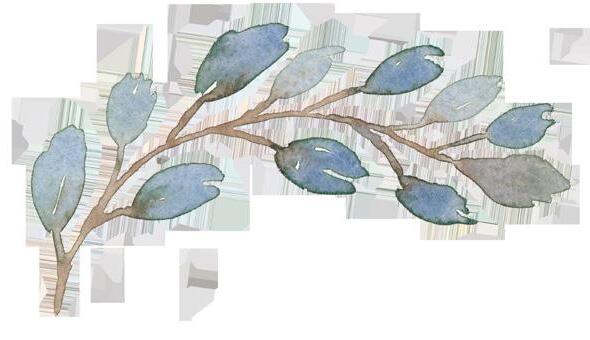


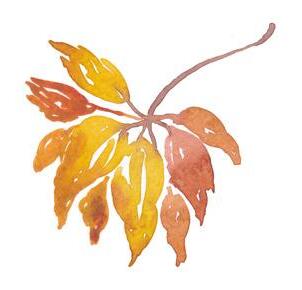










“We cannot move into discussing specific issues without a recognition of the significant role that colonization plays in all parts of the lives of Indigenous women, girls, and 2SLGBTQQIA+ people with disabilities,” the report reads.
Colonization continues to have a considerable impact on all aspects of life for Indigenous WG2STGD+ Peoples with disabilities. Long-term effects of intergenerational trauma and impacts from residential schools continues to echo in the lives of all Indigenous Peoples. This is especially the case for WG2STGD+ Peoples with disabilities, who face even further marginalization based on race, culture, gender, and ability discriminations.
“The colonial system of separating Indigenous Peoples from their lands and placing them on remote, poor-quality land, including in the north, leads to greater food insecurity and greater risk of disasters like flooding and wildfires,” the report states.
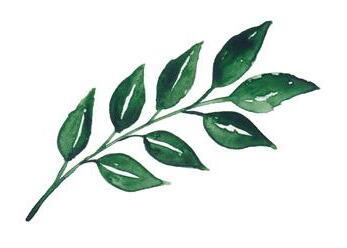

30 KCI-NIWESQ
Pictured: Shadow report for United Nations Convention on the Rights of Persons with Disabilities
These barriers must be addressed in a holistic and inclusive manner, keeping in mind the fragile and complex importance of multiple layers of structural oppression. Raising awareness and understanding of these barriers will be key to creating inclusive supports for Indigenous WG2STGD+ Peoples with disabilities.
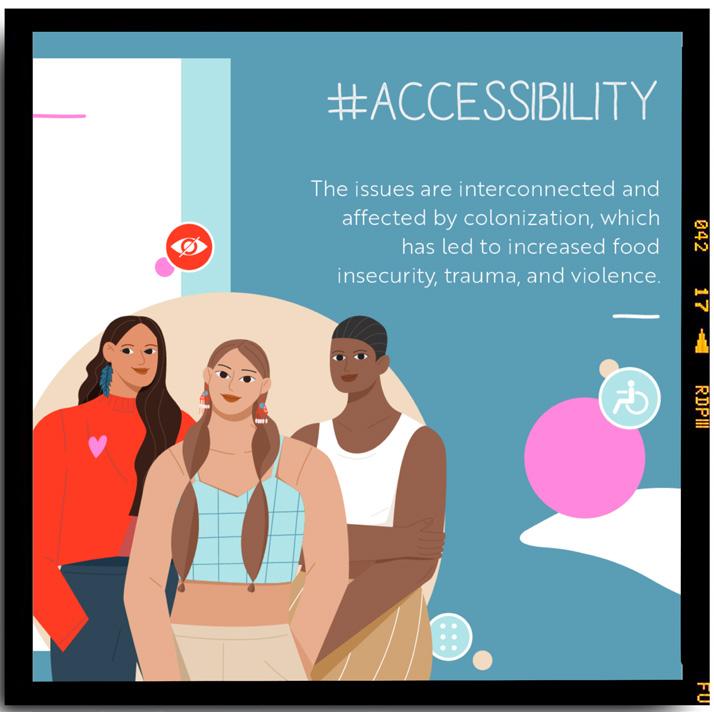
Although each of the 17 issues demonstrate unique and individual challenges, the study also recognizes the interconnectedness among each of these barriers, which drew reasons for an intersectional analysis as well.
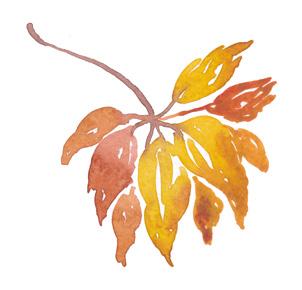
Overall, Indigenous WG2STGD+ Peoples with disabilities face significant challenges in accessing supports and services due to further marginalization, language differences, barriers in inclusivity, and access. The report reiterates the dire importance of understanding the effects of structural oppression, and seeking improved awareness and understanding of these challenges.
The report calls for a gendered approach in addressing these barriers, recommending culturally relevant teachings, improved access to education, increased funding for Indigenous communities, addressing housing insecurities, and raising awareness for the barriers that Indigenous WG2STGD+ Peoples face every day. Some of the ways these barriers can be lessened would be through providing access to safe and clean drinking water, nutritional and affordable access to food, equal opportunity for infrastructure services in the North, and addressing the increased violence experienced by Indigenous WG2STGD+ Peoples with disabilities.

These barriers and restrictions can, and do, affect all aspects of life for Indigenous WG2STGD+ Peoples with disabilities; they impact their emotional, social, physical, financial, and professional well-being. Major, underlining themes to address these problems was to adapt a multi-faceted approach to including Indigenous WG2STGD+ Peoples with disabilities in decision-making, and provide meaningful participation in opportunities.
Many key findings are multi-faceted, and many barriers overlap. For example, addressing violence is also intertwined with child welfare, infrastructure, housing, social protection, safe drinking water, and food security, to name a few.


“Violence experienced by Indigenous women and girls is a race-based genocide empowered by colonial structures,” the report reads. “Colonial practices that initiated and perpetuate this violence have increased the numbers of disabled Indigenous women, girls, and 2SLGBTQQIA+ people.”
The 17 barriers identified in the report are: housing, education, child welfare, awareness, access to clean and safe drinking water, food insecurity, violence, climate change, infrastructure (including internet), addressing discrimination, data, access to support and services, participation, disability supports and social protection, childcare and early childhood education, importance of disability in other human rights treaties, and resource extraction. For further details on these key areas, please read the report.
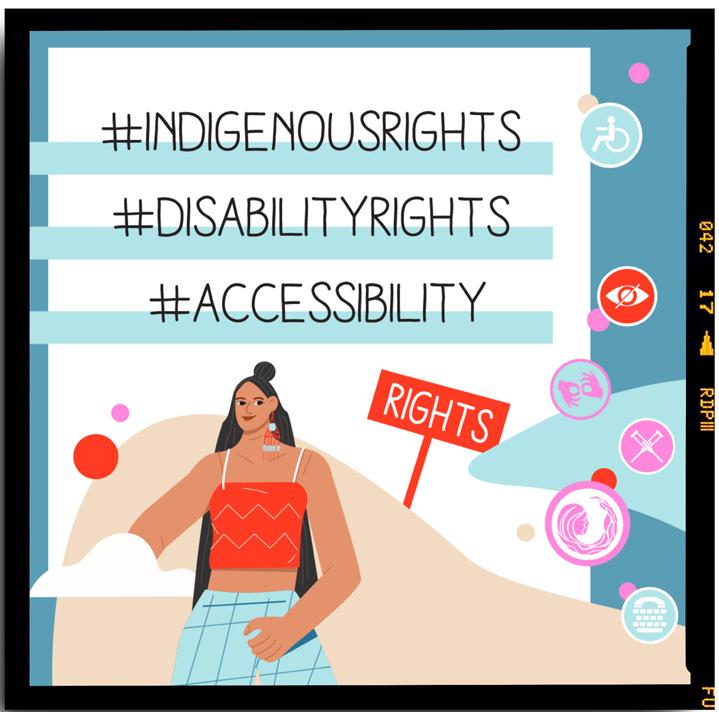
Native Women’s Association of Canada 31
Violence experienced by Indigenous women and girls is a racebased genocide empowered by colonial structures. Colonial practices that initiated and perpetuate this violence have increased the numbers of disabled Indigenous women, girls, and 2SLGBTQQIA+ people.
-
Shadow report for United Nations Convention on the Rights of Persons with Disabilities
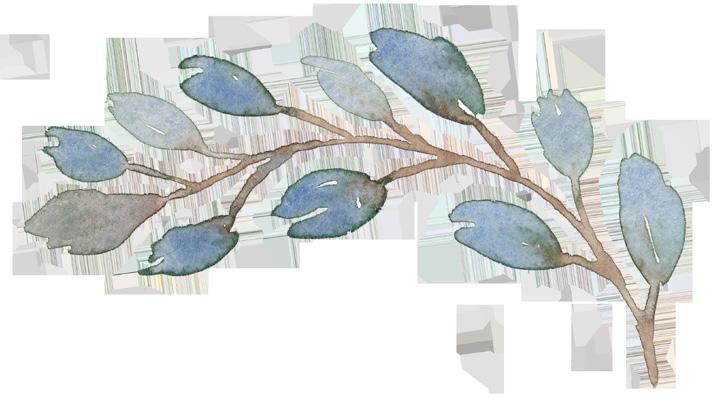






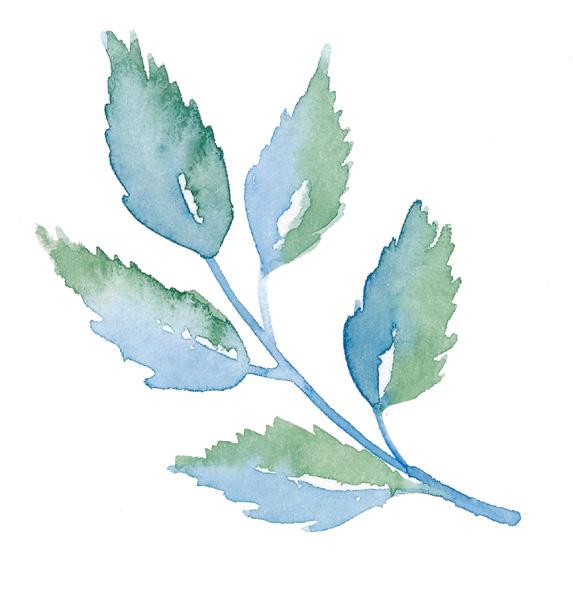
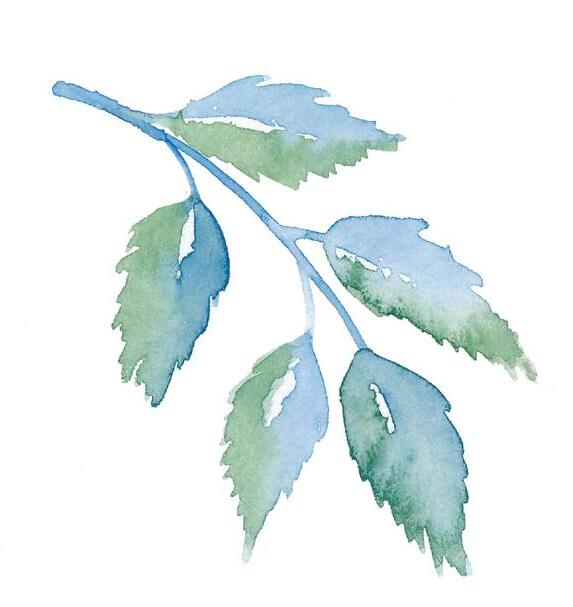




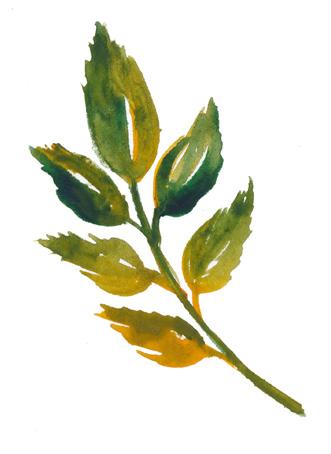









32 KCI-NIWESQ
KCI-NIWESQ
is a monthly magazine of the Native Women’s Association of Canada (NWAC). Its objective is to highlight the work of the organization and to tell the stories of the Indigenous women of Canada.
NWAC, which was founded in 1974, is a national Indigenous organization representing First Nations (on and off reserve, with status and without), Métis, and Inuit Women, Girls, and Gender-Diverse Peoples in Canada. Its goal is to enhance, promote, and foster the social, economic, cultural, and political well-being of Indigenous Women within their respective communities and Canadian society.
PUBLISHER
LYNNE GROULX NWAC Chief Executive Officer
EDITOR
JOAN WEINMAN
SENIOR WRITER
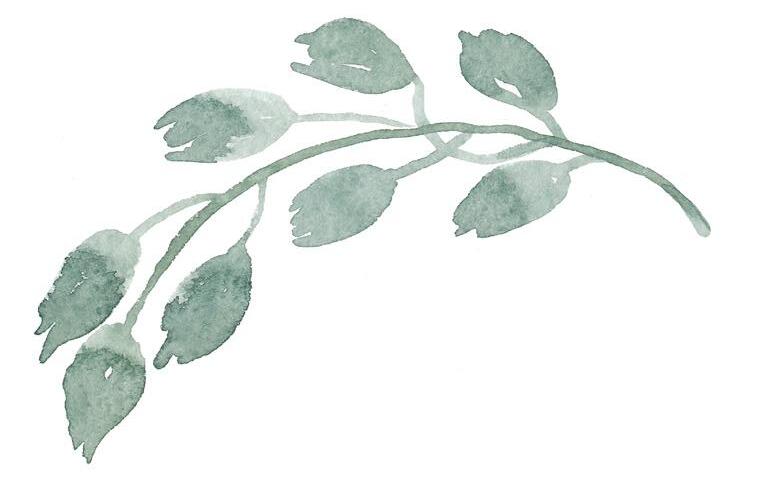
GLORIA GALLOWAY
DESIGNER
KYLA ELISABETH
WRITER
18 Native Women’s Association of Canada 33
ASHLEY FOLEY
ISSUE























nwac.ca


































































































 - Lisa Smith
- Lisa Smith












 with Mel Critch
with Mel Critch




 with Mel Victor
with Mel Victor




































































































 Photo: Minister Carla Qualtrough
Photo: Minister Carla Qualtrough




































